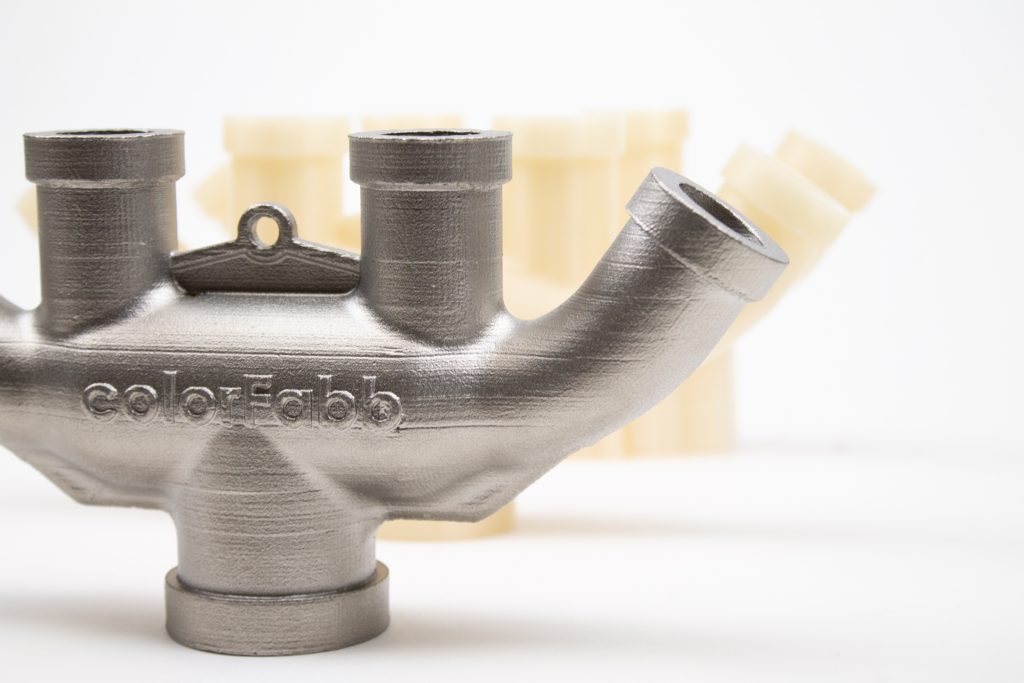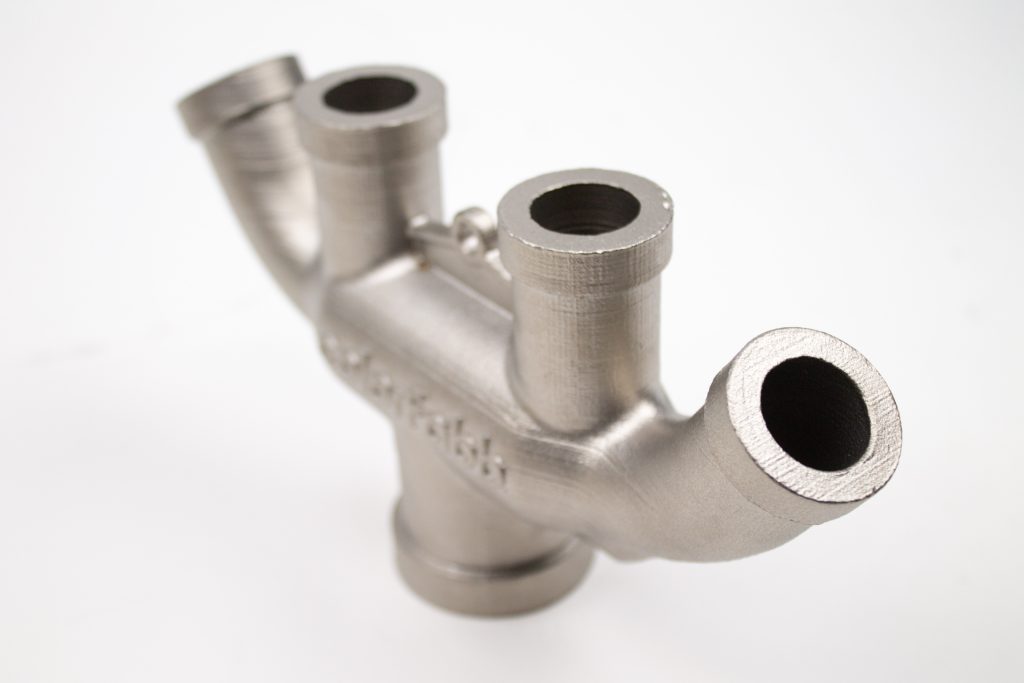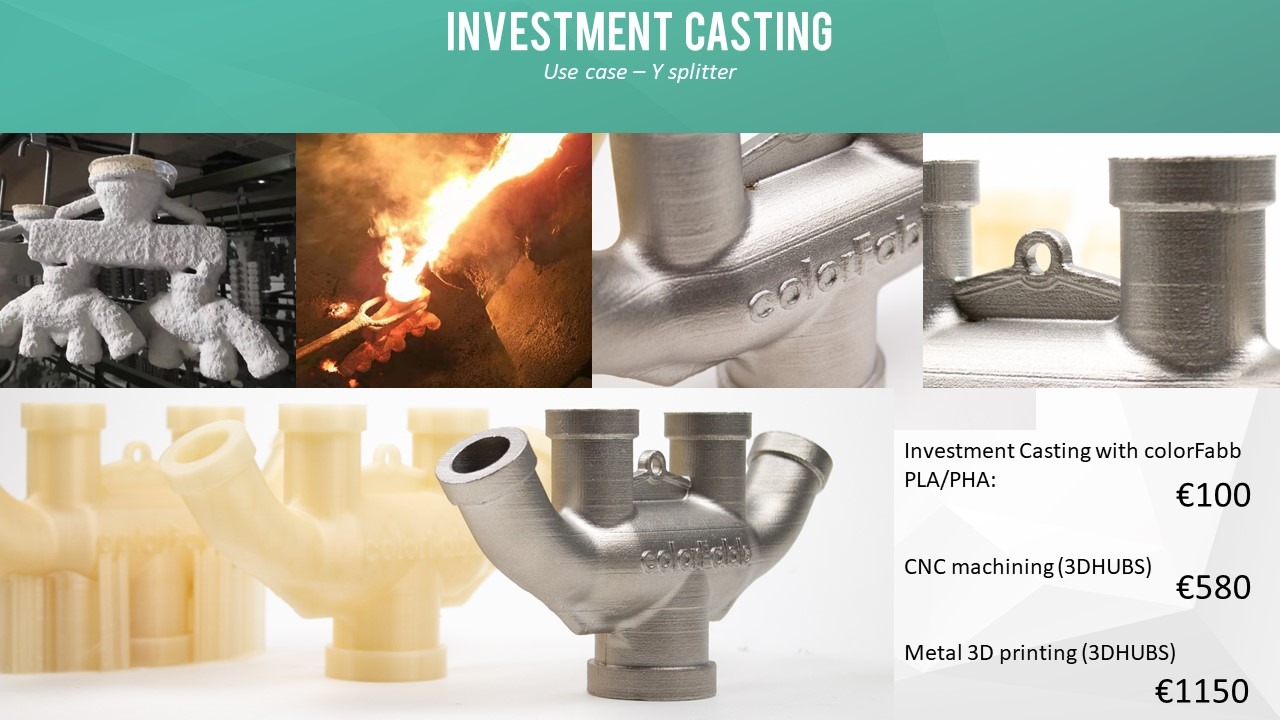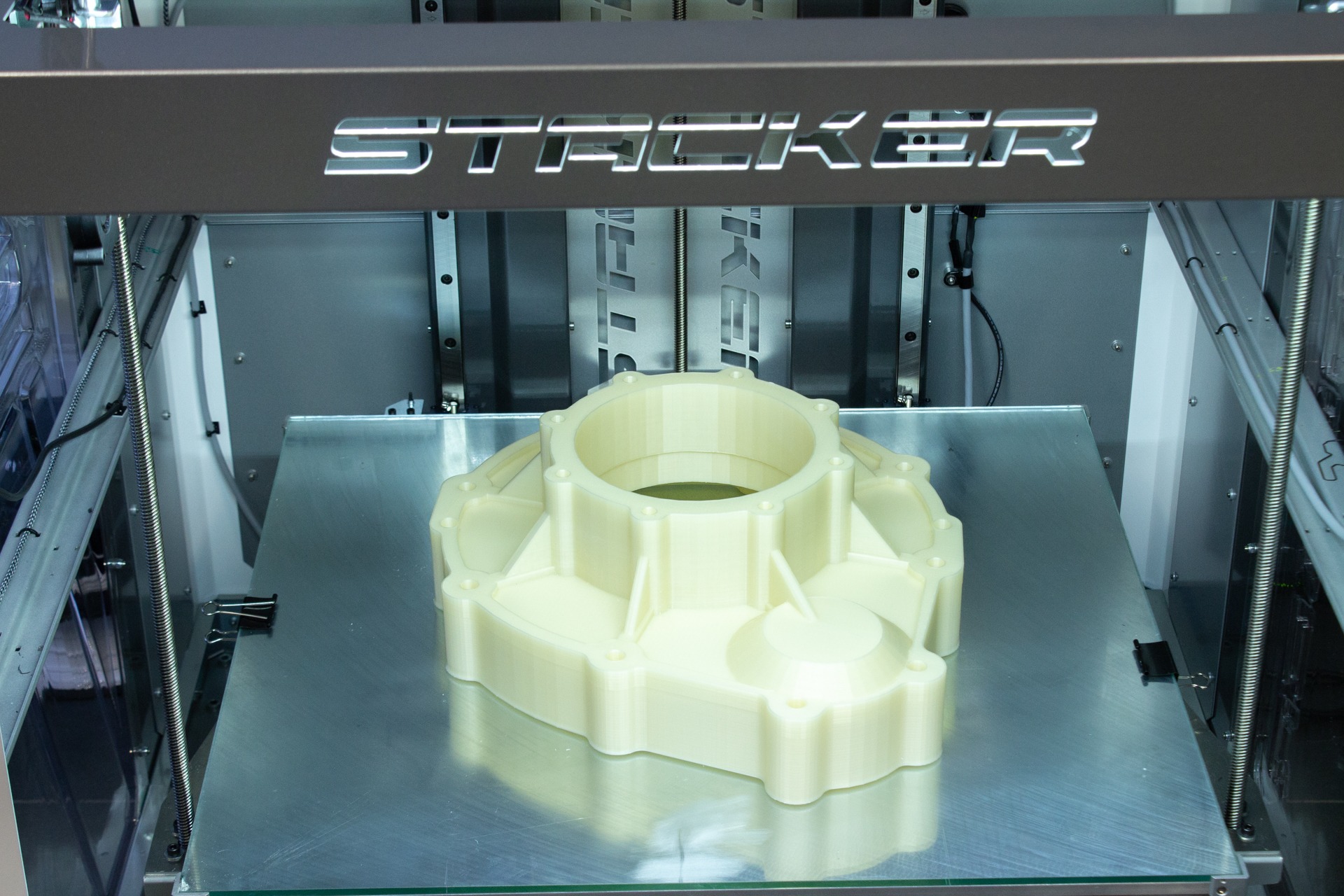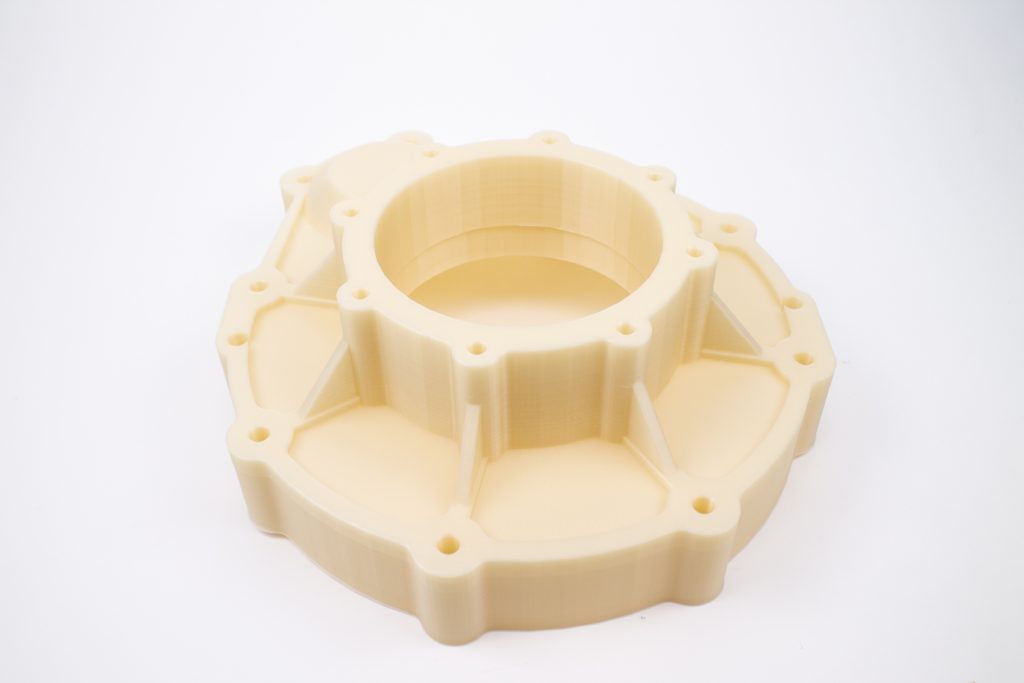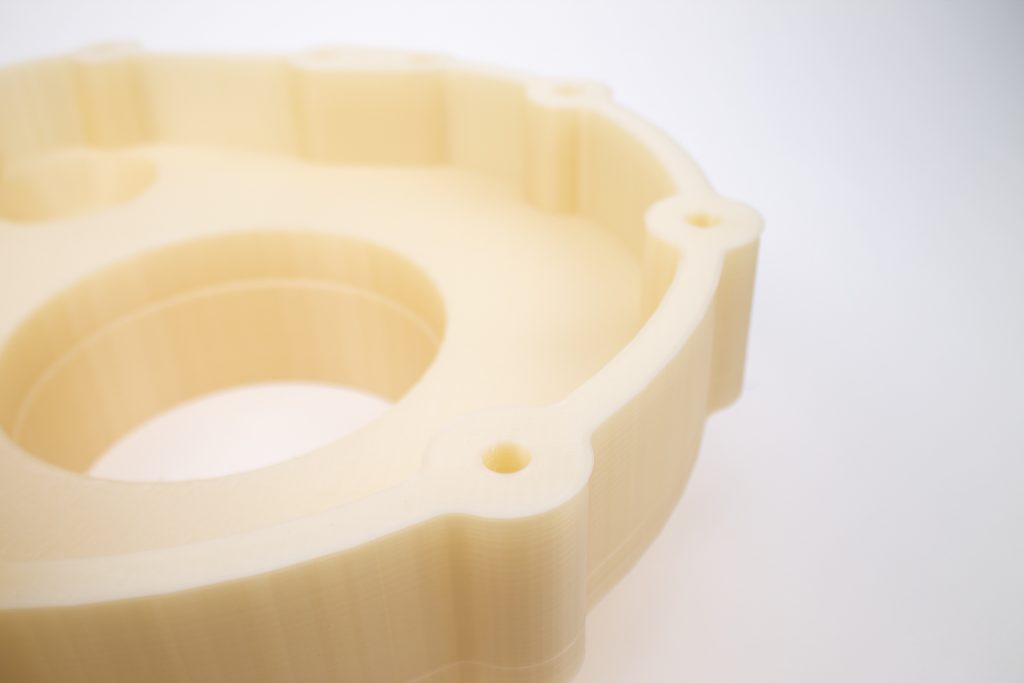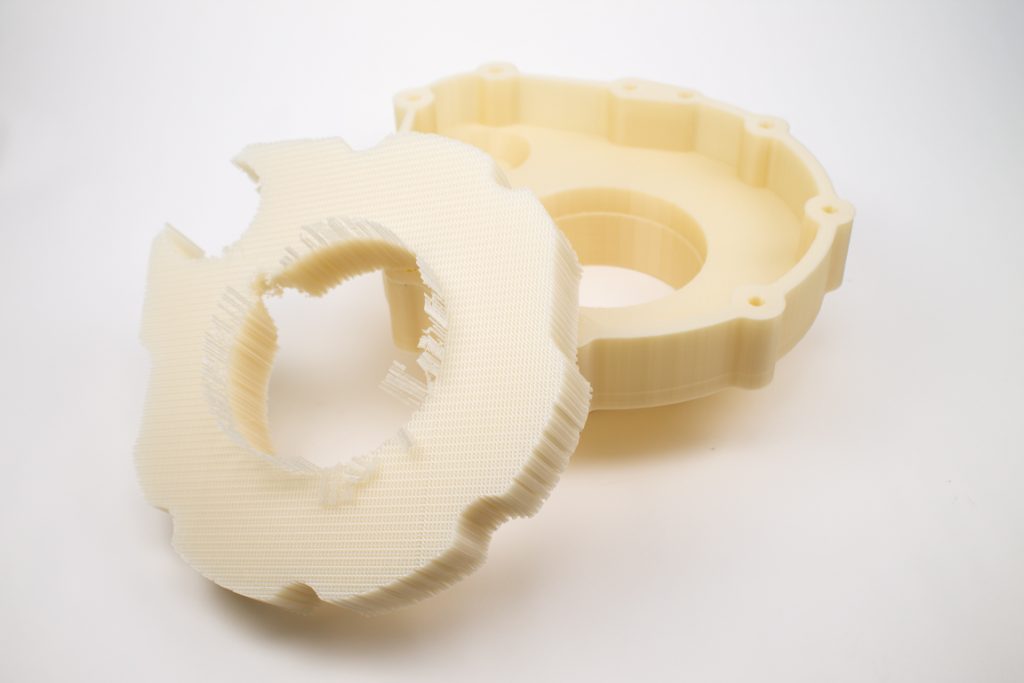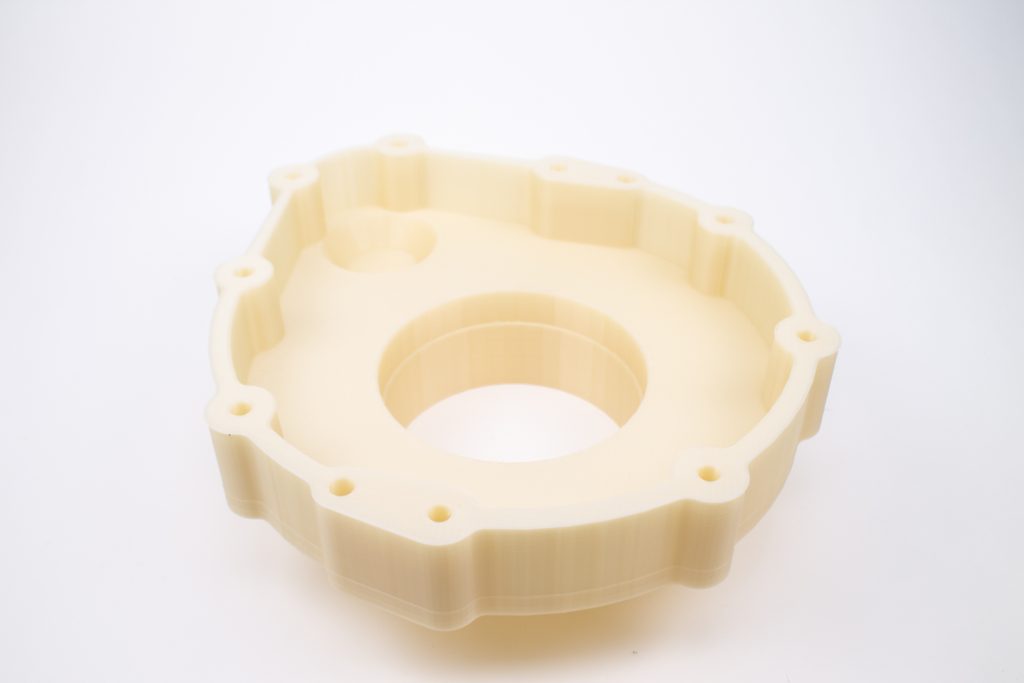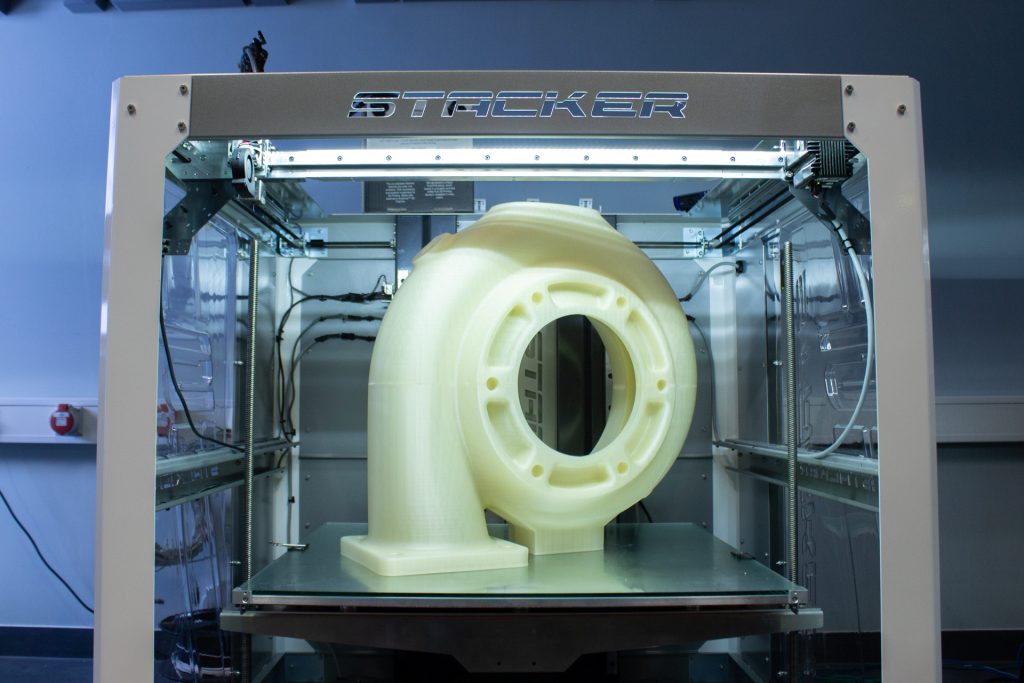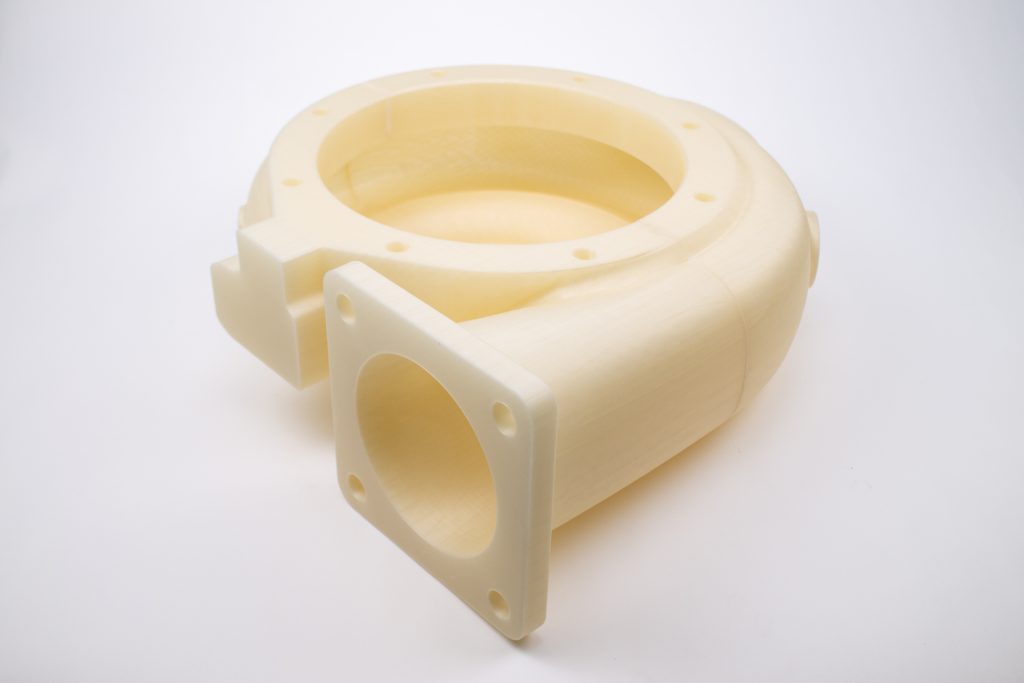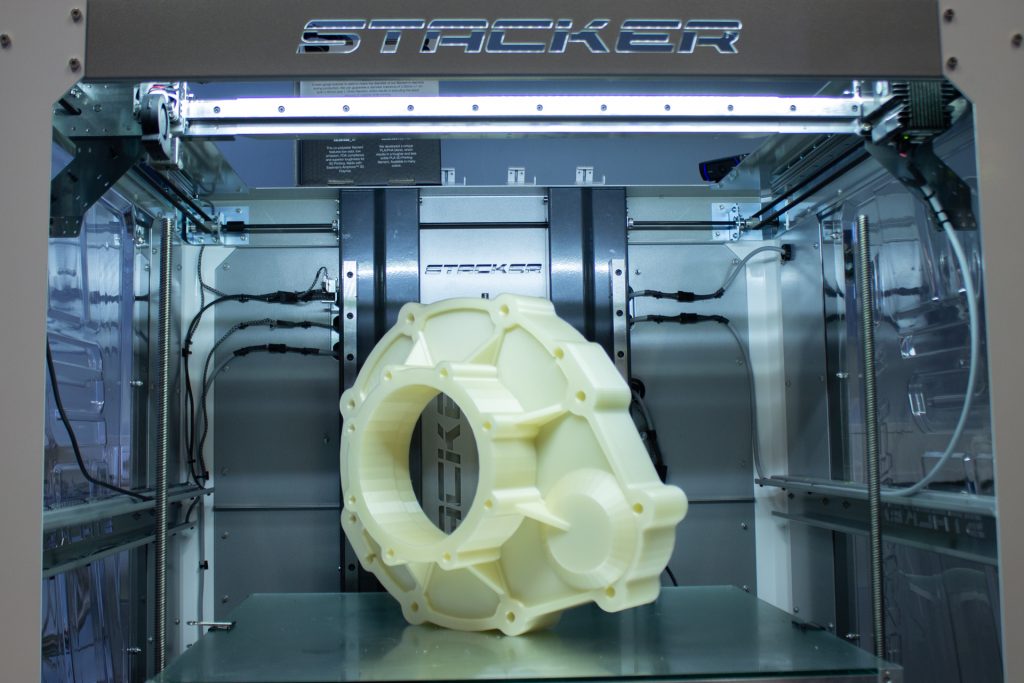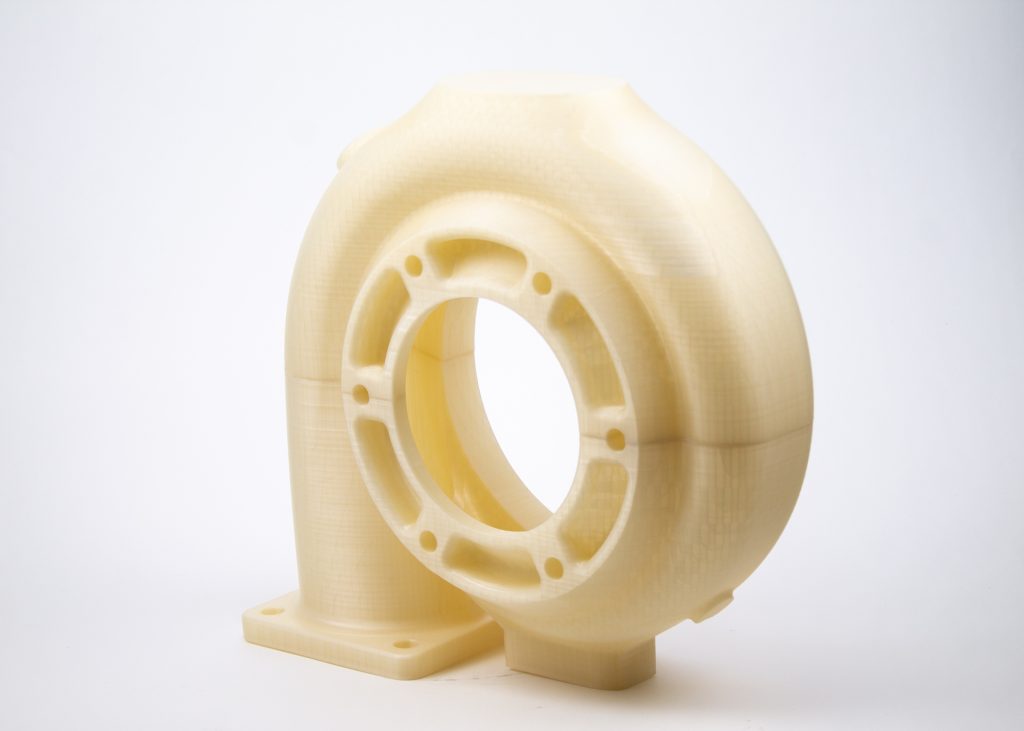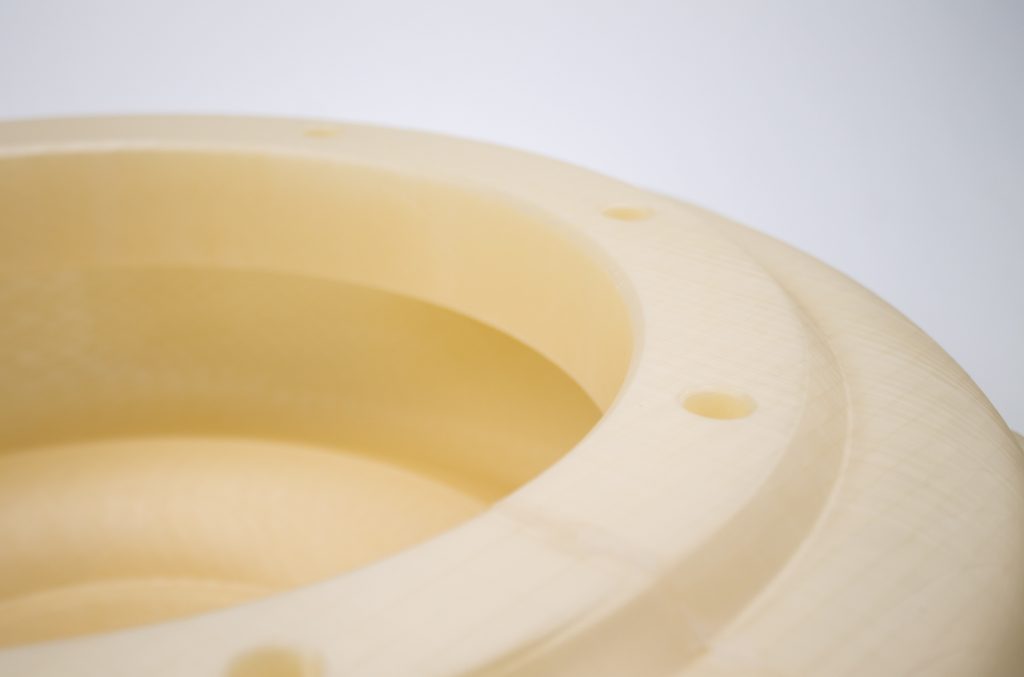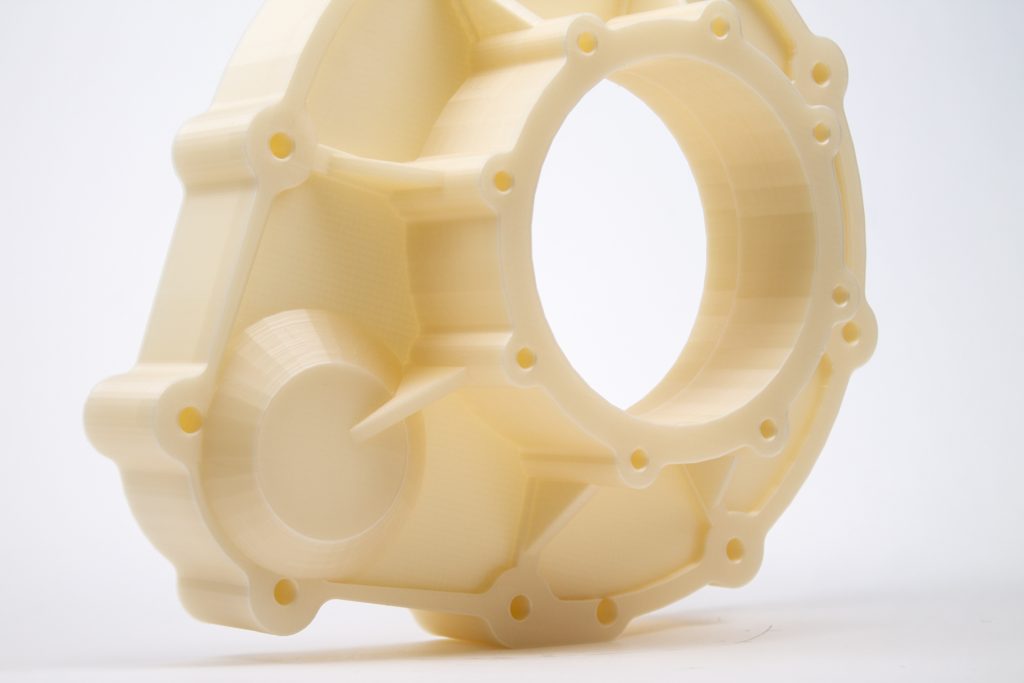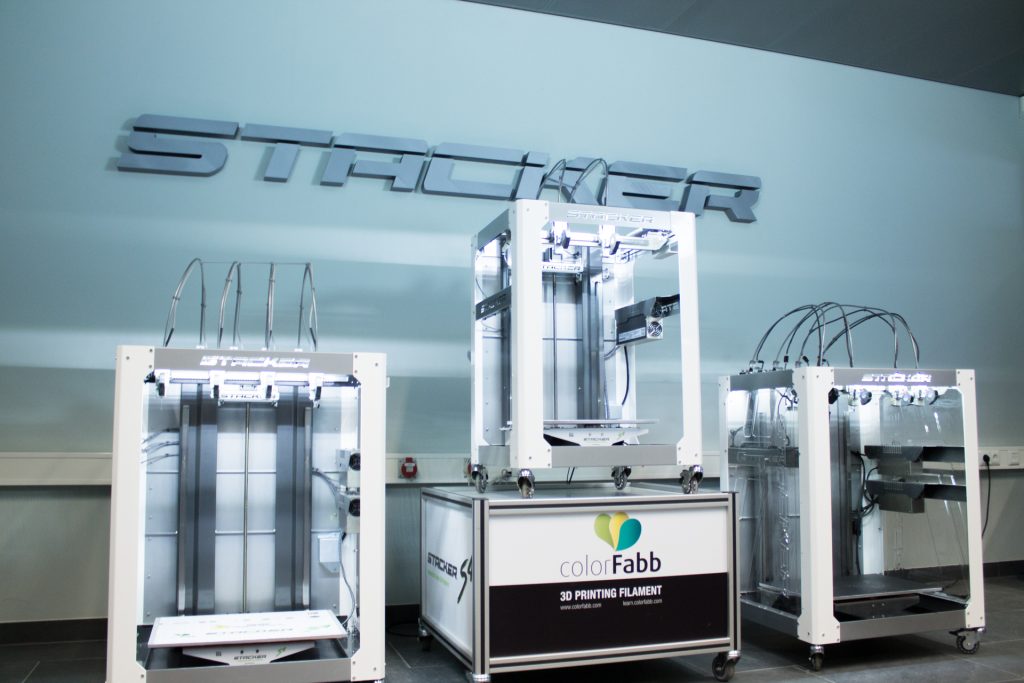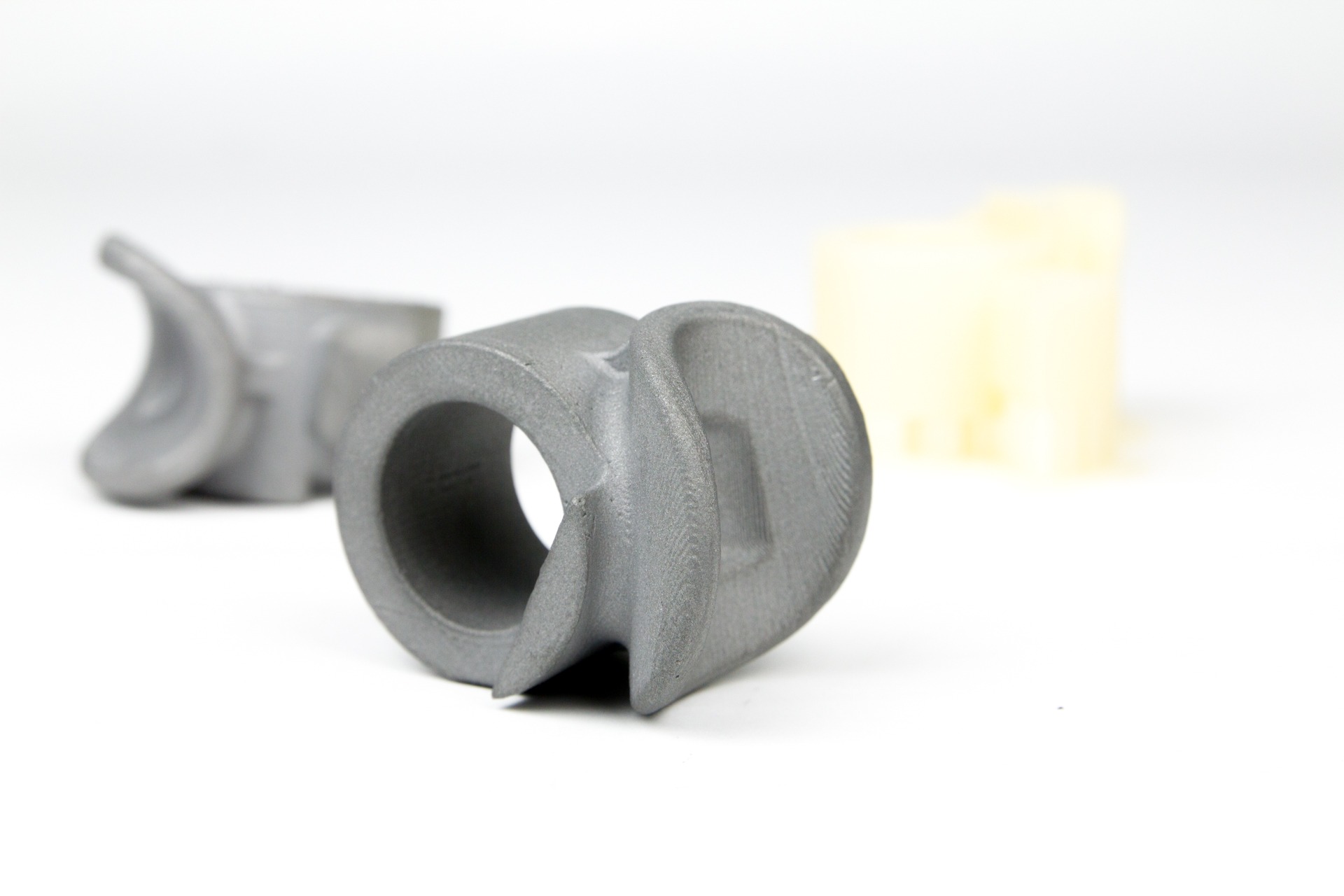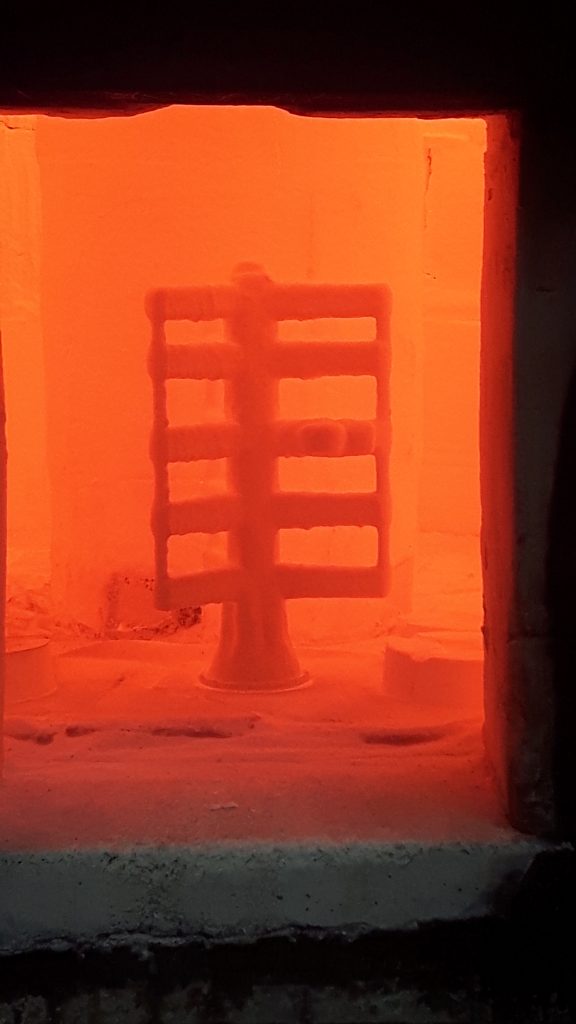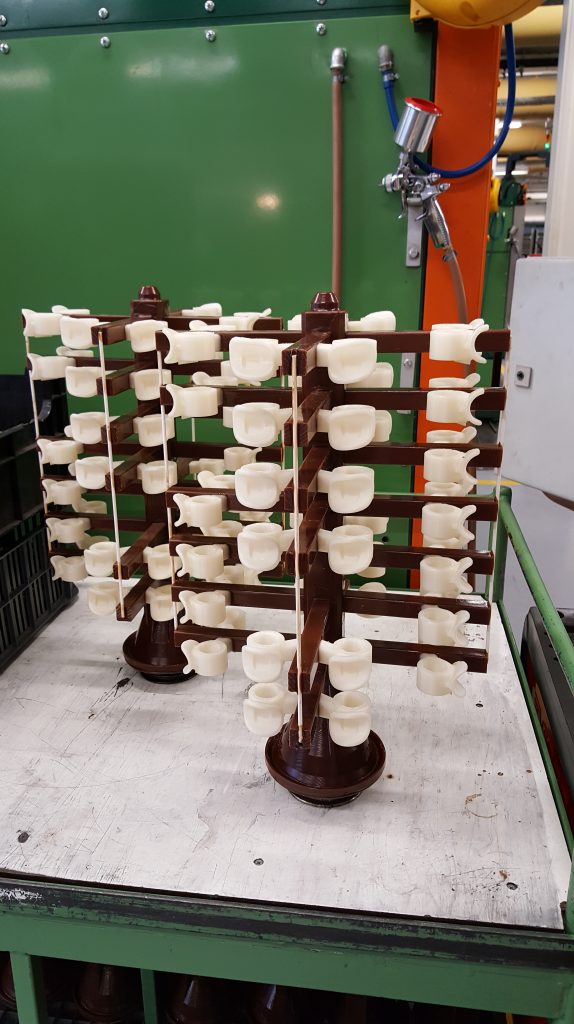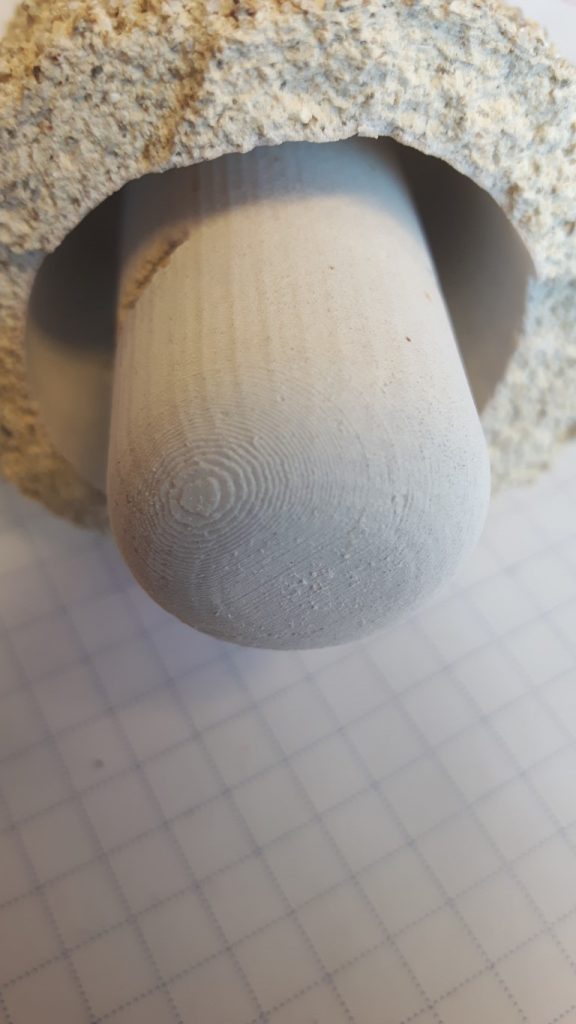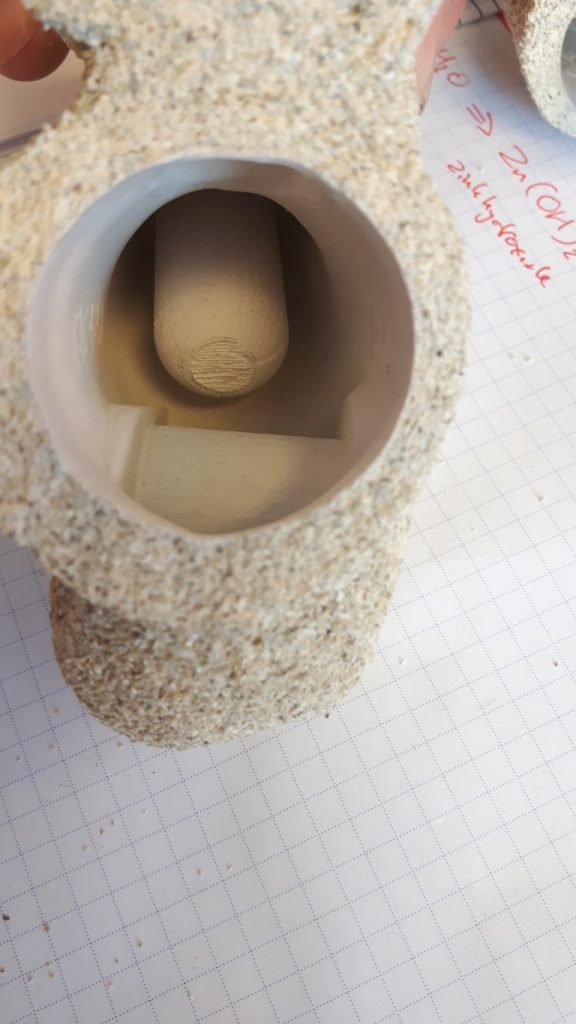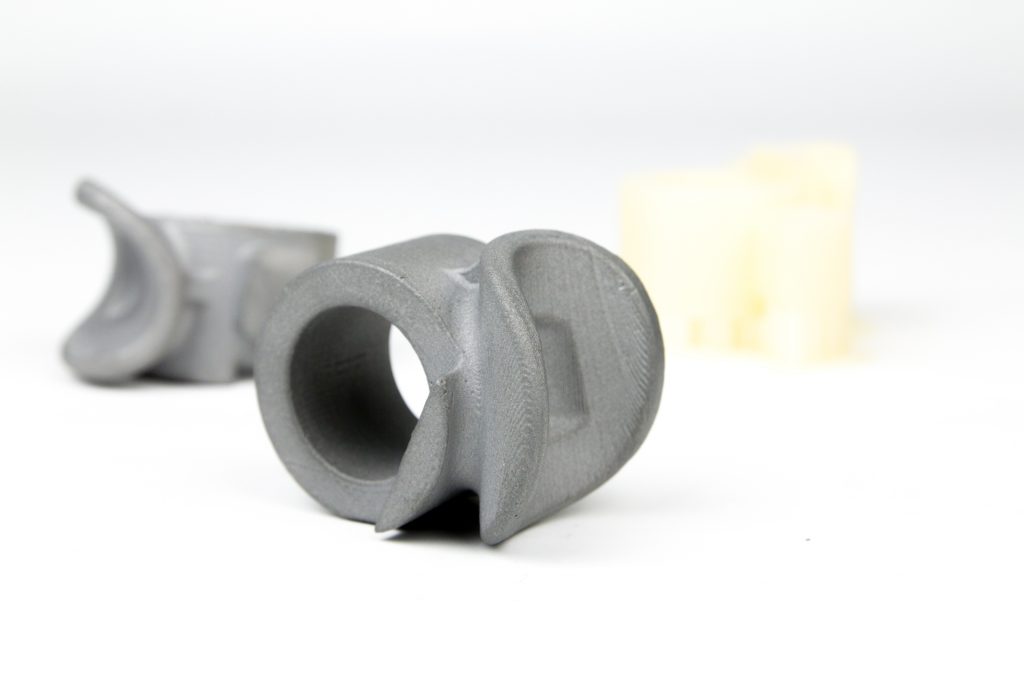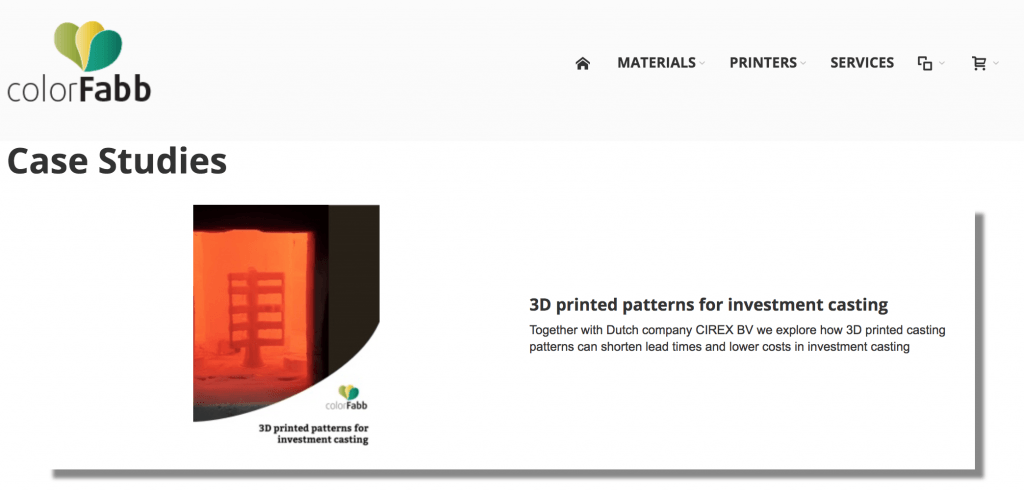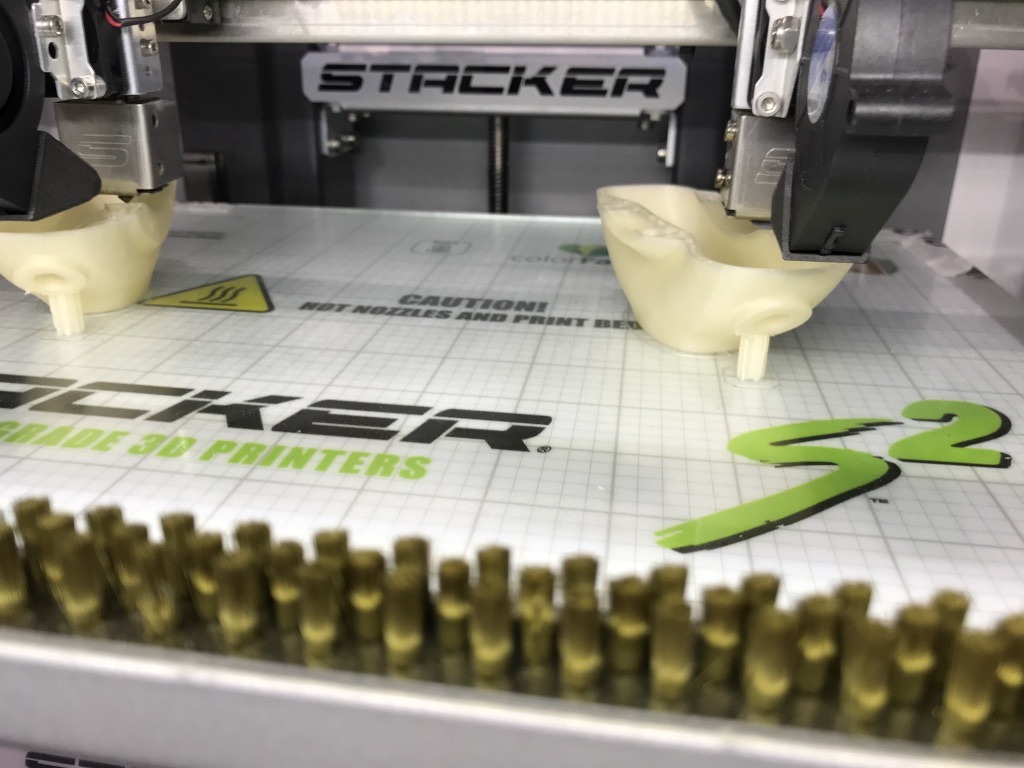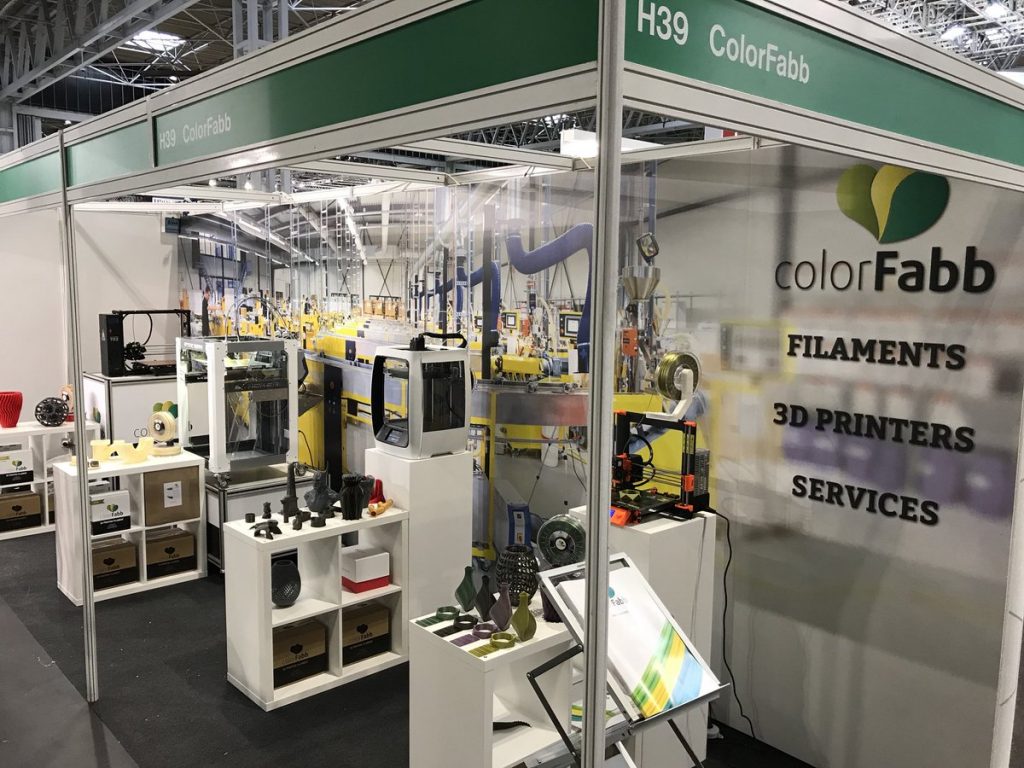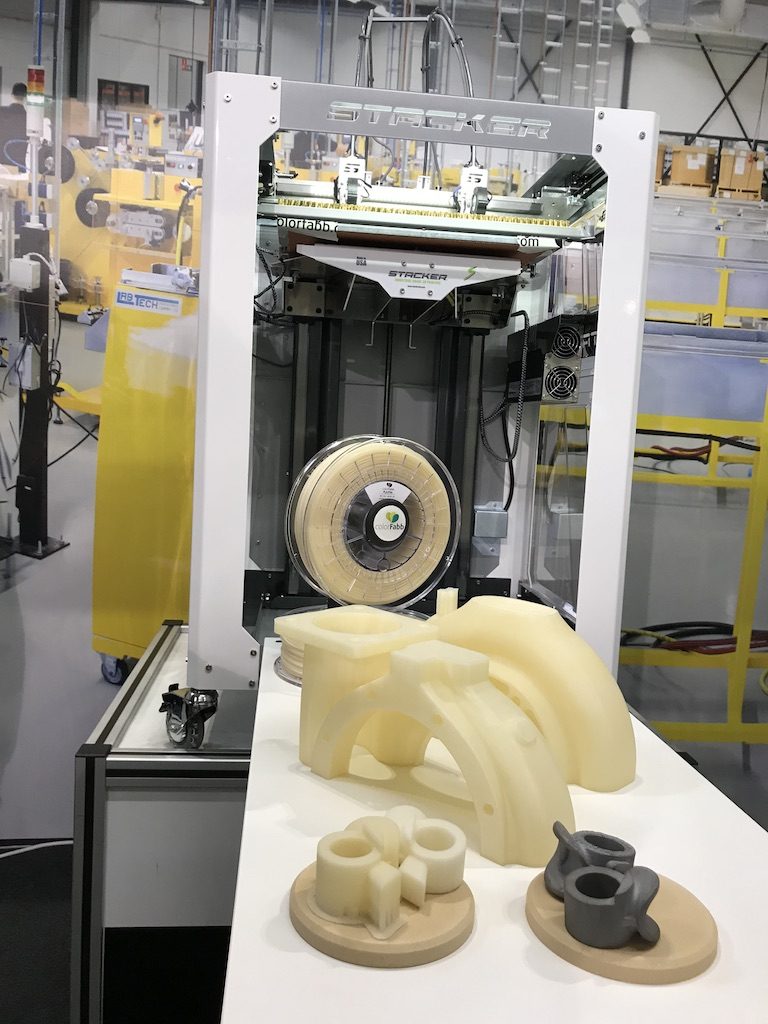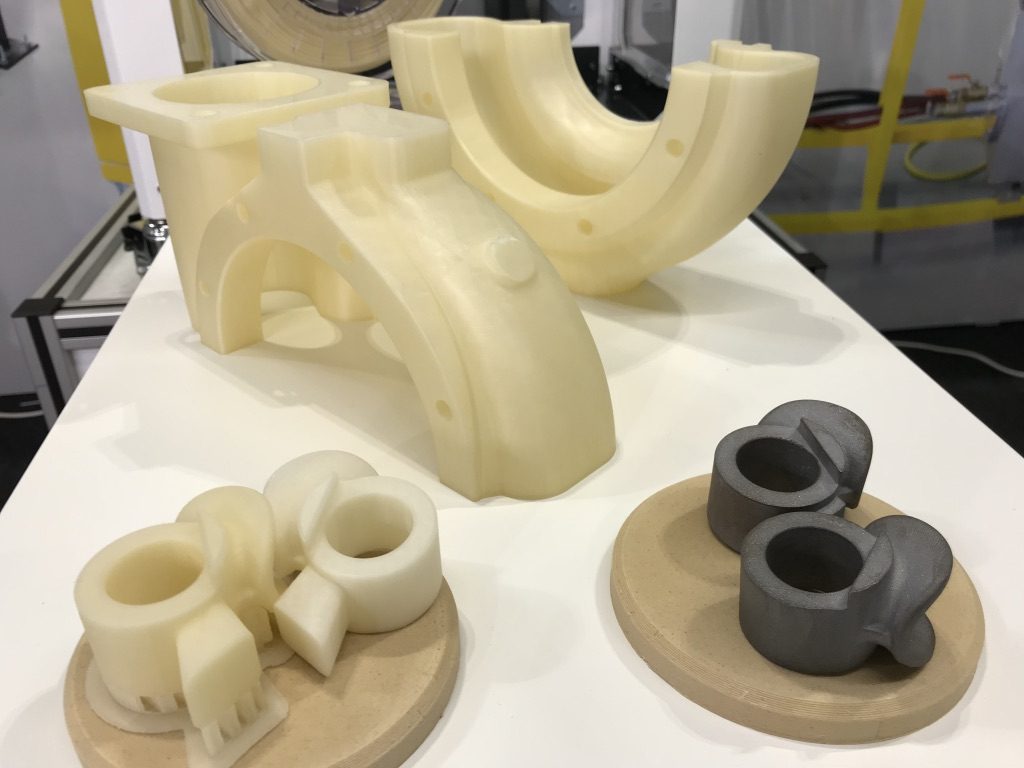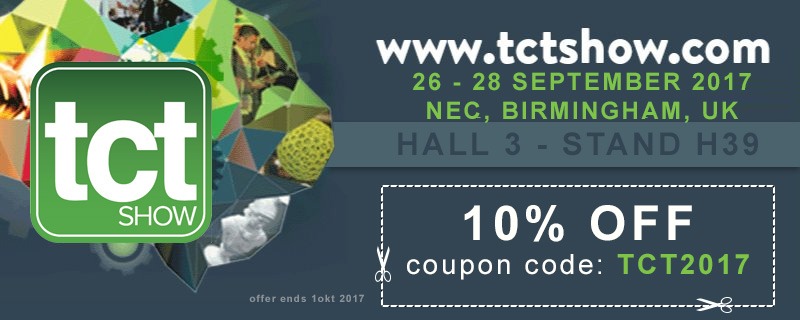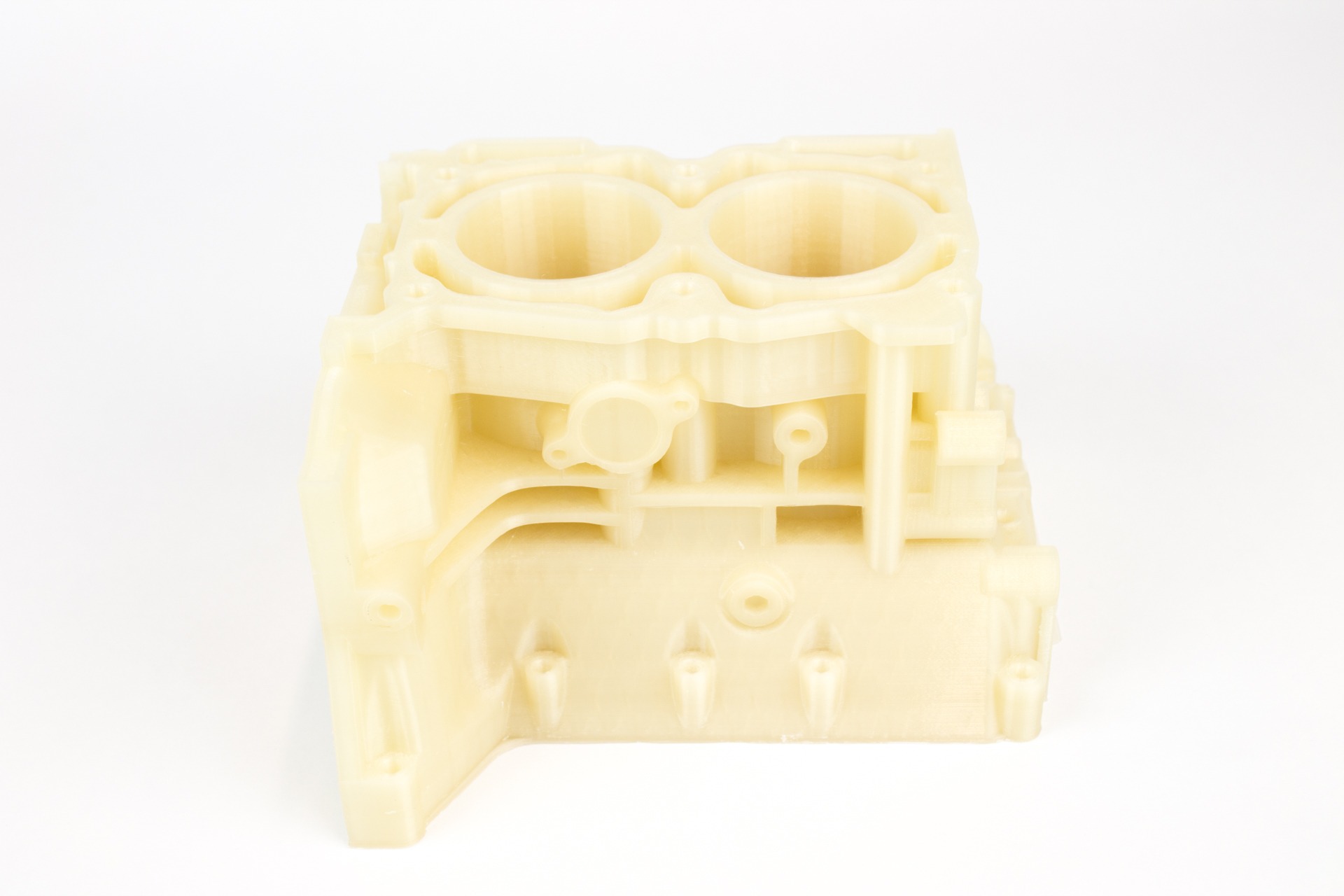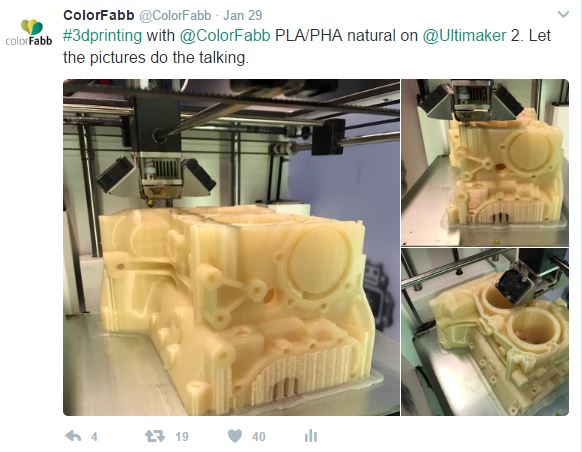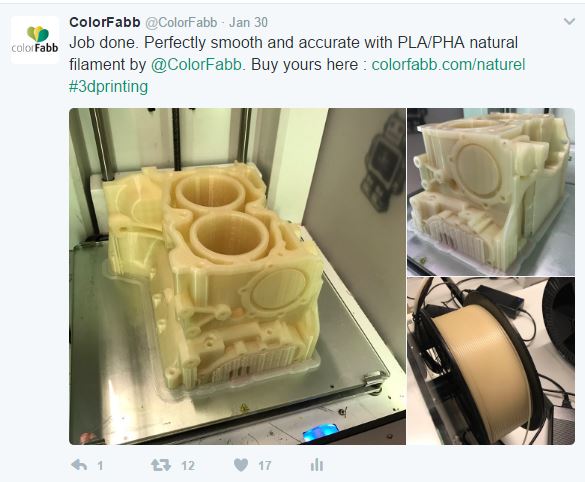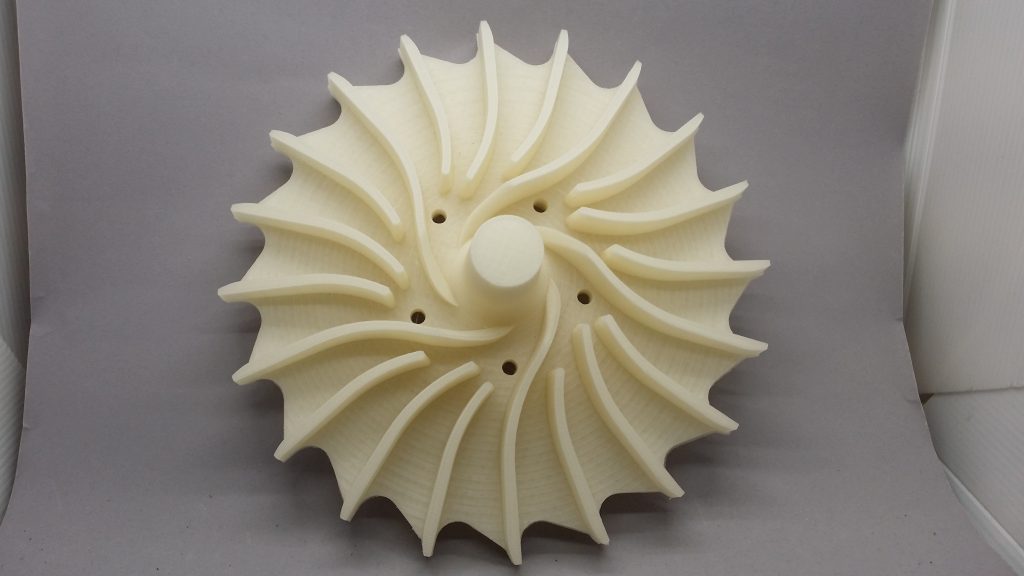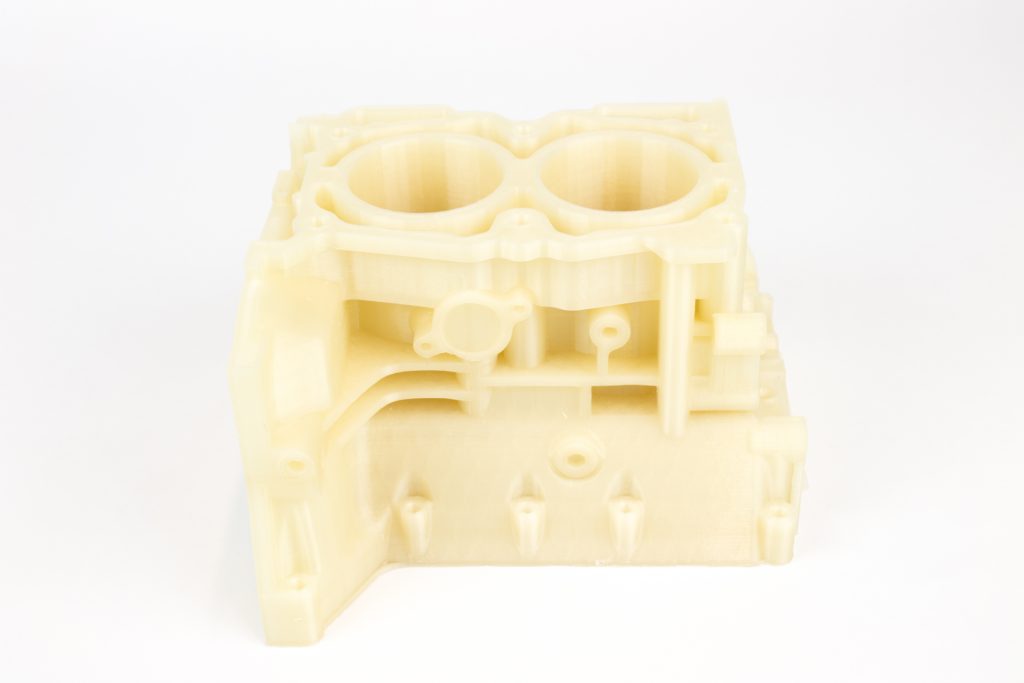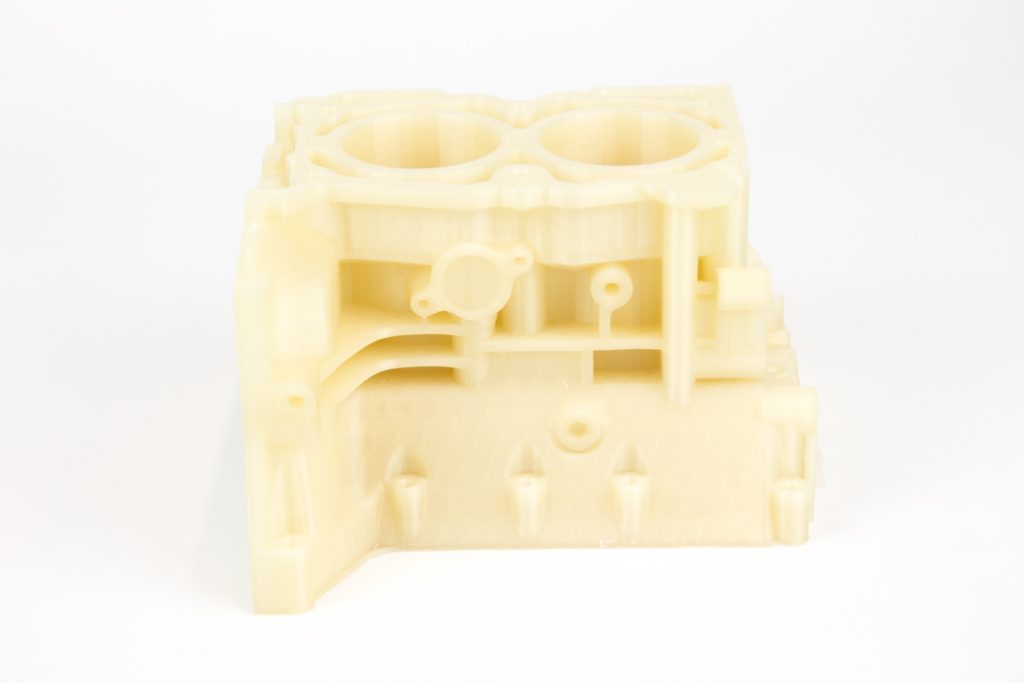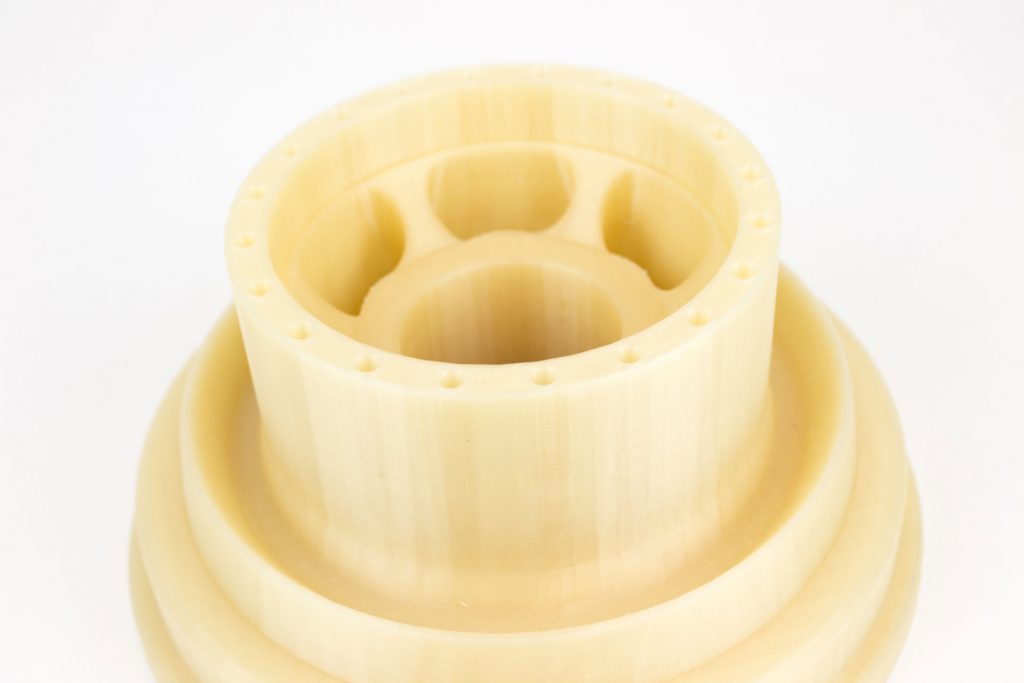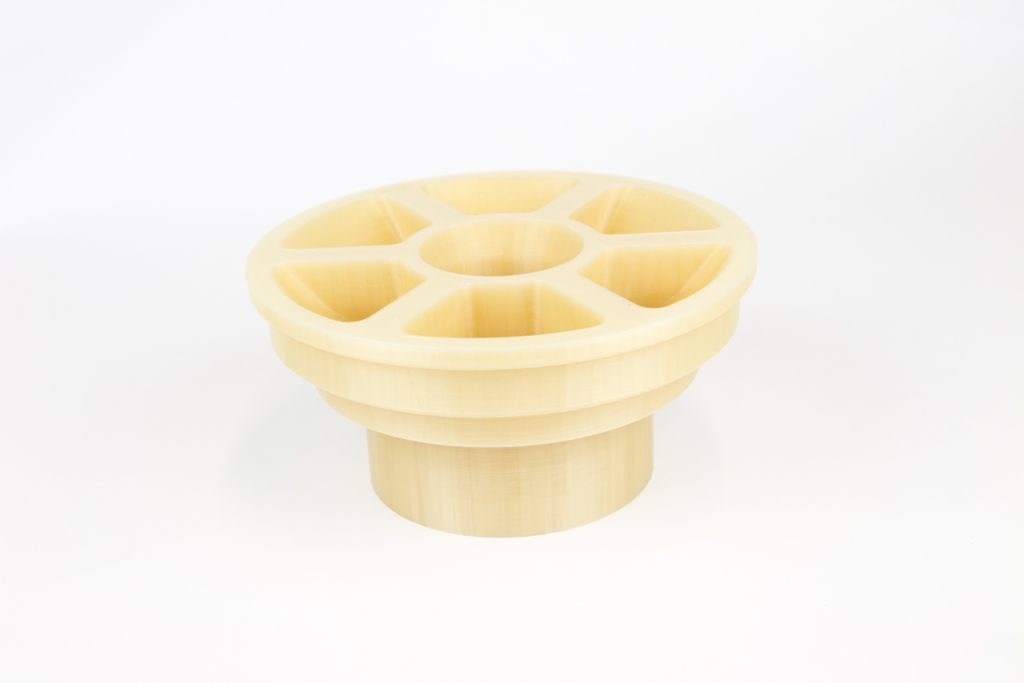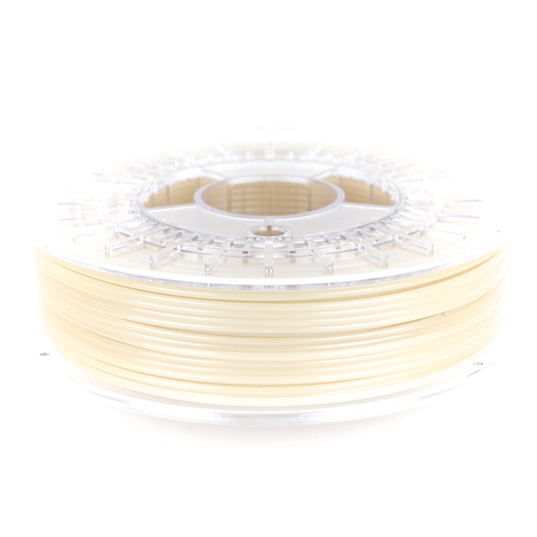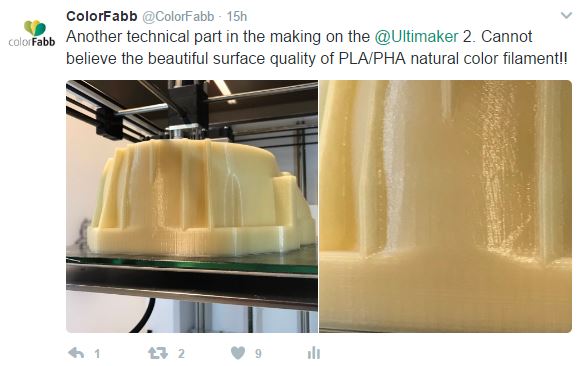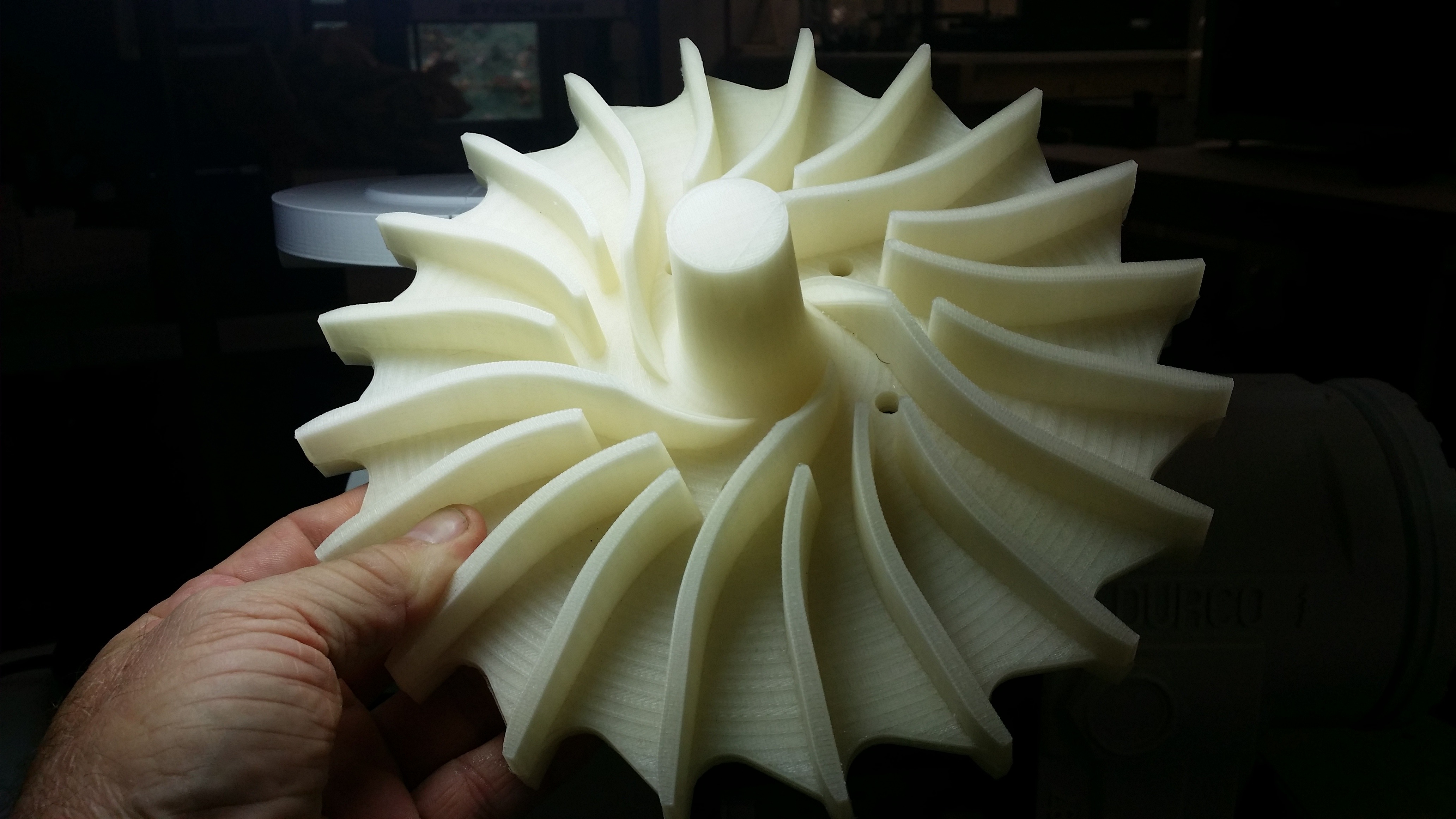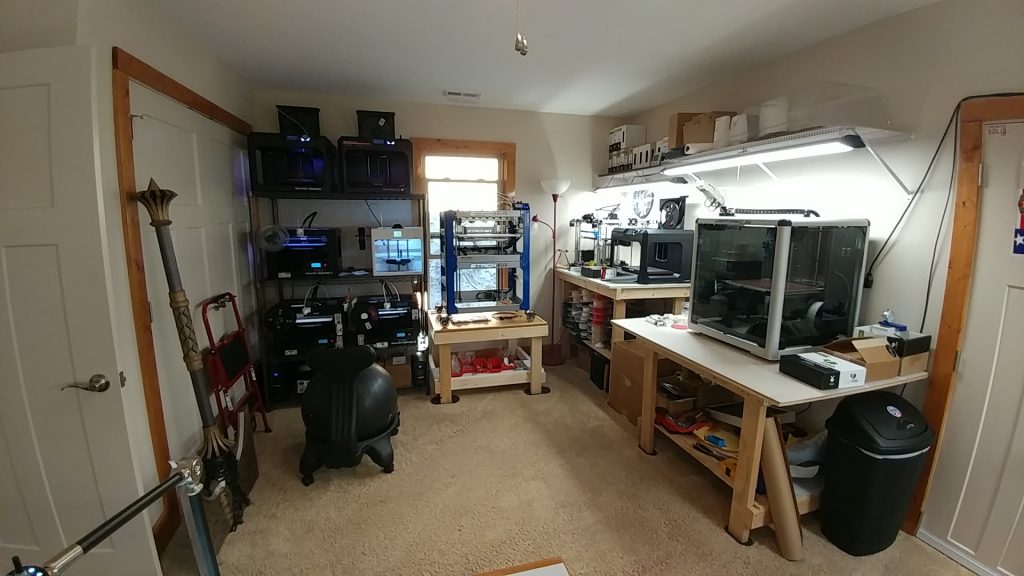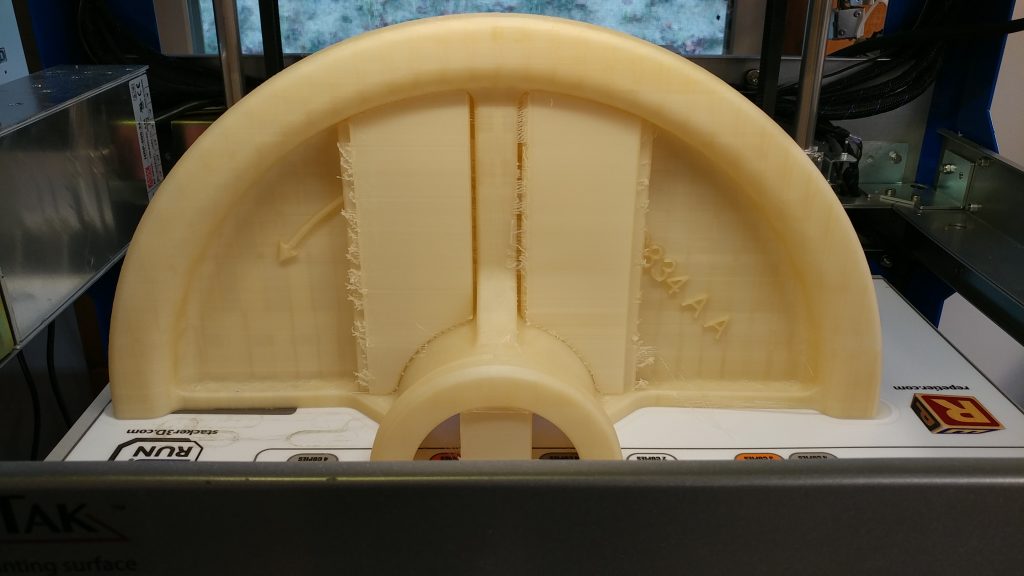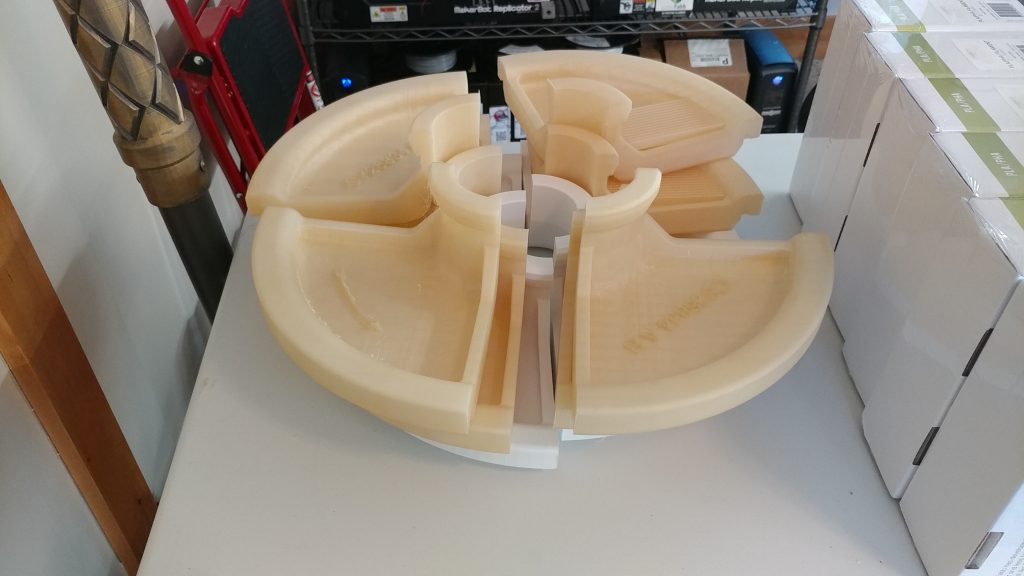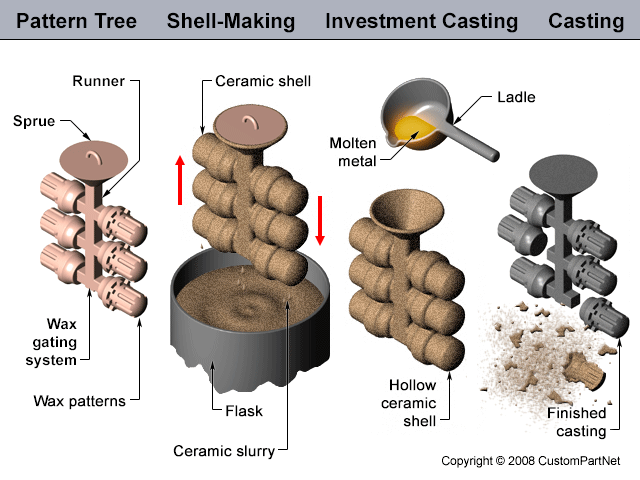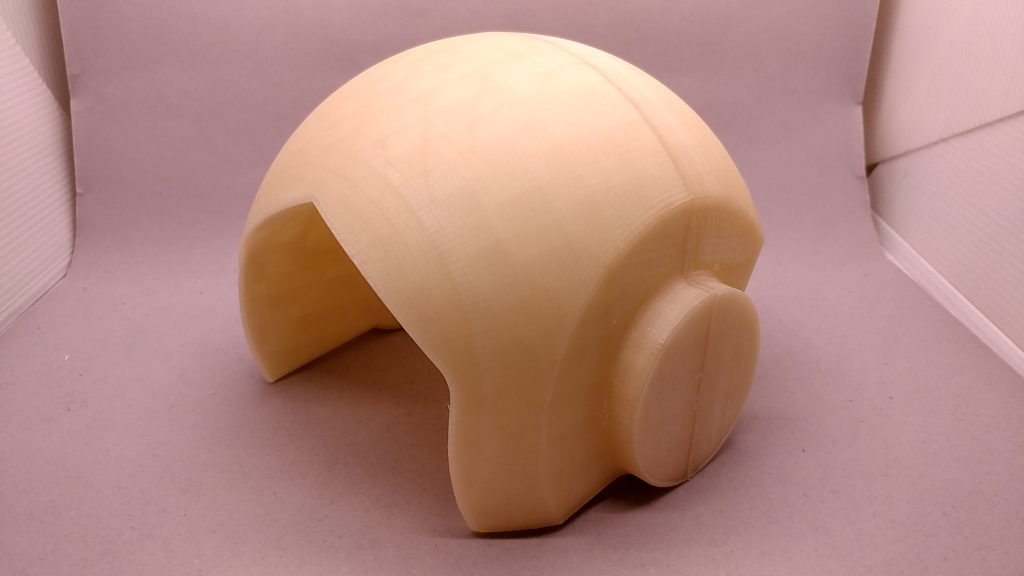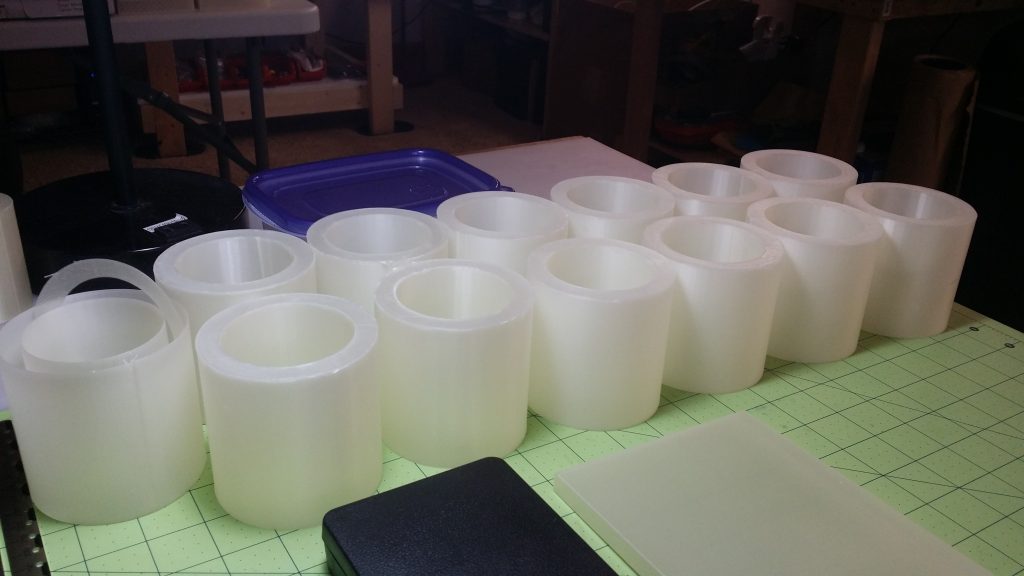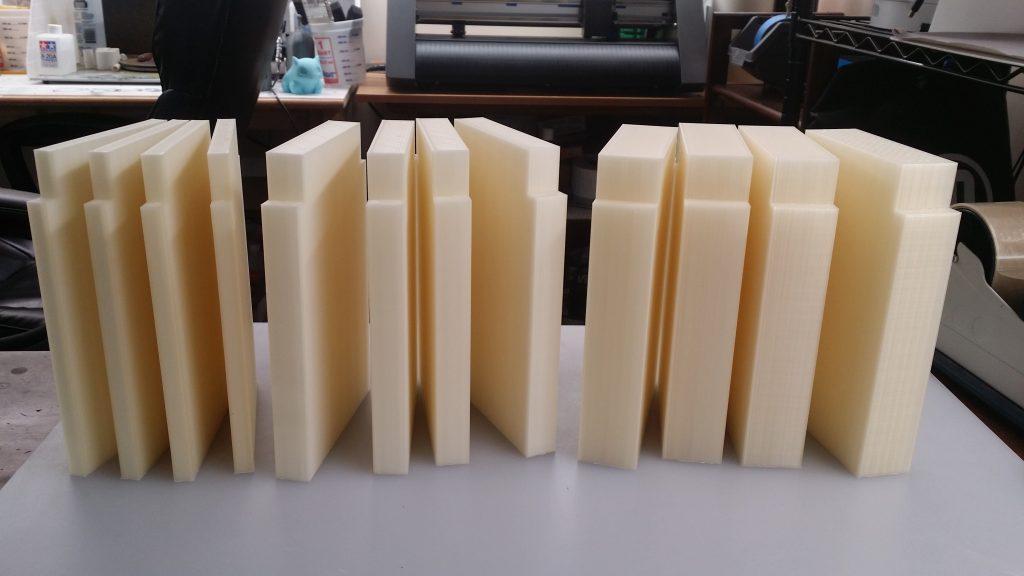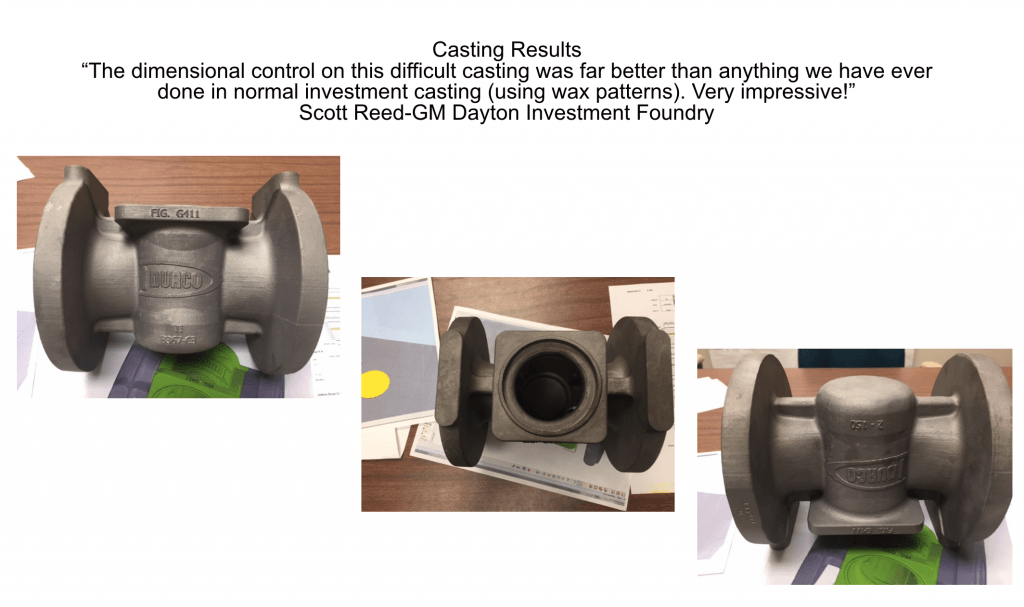In the past few years we have written several times about the advantages that 3D printing has for the casting industry. You can find the links to those articles at the end of this blog. Today we show you a practical example of a water tap splitter and how 3D printing not only saves time in the development process, but also saves costs significantly.
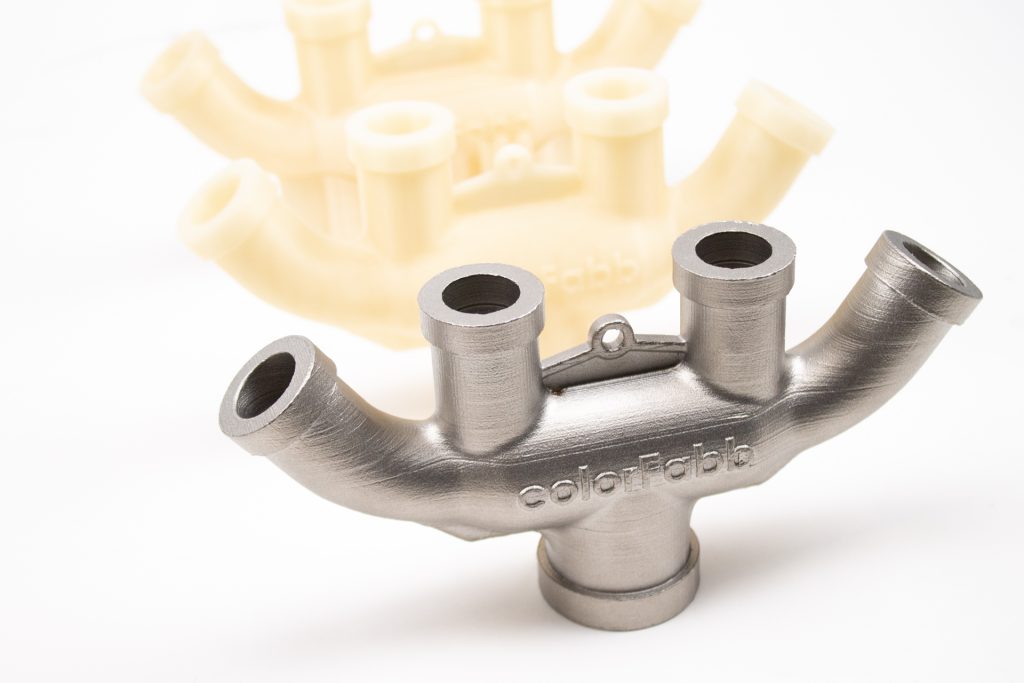
Water tap splitter design by colorFabb
Go to our Landing Page to find out more!
Using 3D printing in investment casting reduces cost and adds flexibility to the process. PLA/PHA is a natural choice for this process where the entire print is burned out. What started thousands of years ago with beeswax has now evolved to patterns made with 3D printing. The printed pattern is coated with ceramic, then the printed pattern is burned out and the metal poured into remaining shell leaving a complete casting.

The original which we replicated for this blog
Instead of investing in tooling to produce a wax pattern, foundry companies can choose to 3D print their patterns in a material suited for investment casting. ColorFabb PLA/PHA Natural is a material uniquely suited for investment casting. It’s an easy printing material capable of creating complex shapes with great smooth surface finish and will work with most desktop and industrial type FFF 3D printing machines.
For this print we used the Stacker S4 XL. Printing 4 pieces at a time took about 22 hours at 0.12mm layer height and each part weighs approximately 140 grams (and is eventually turned into a 1kg of stainless steel part when all is said and done).
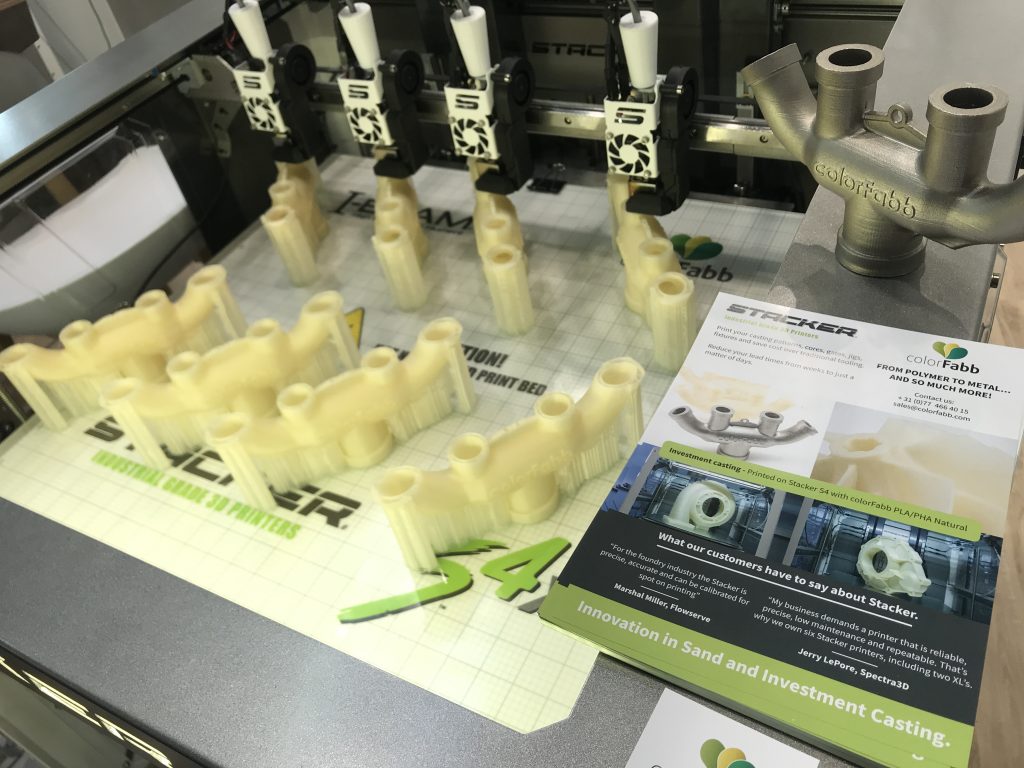
With the colorFabb PLA/PHA filament we can enable the investment casting with more easy access to small volume production. Prototyping and small batches of patterns can now be 3D printed, eliminating the need for mould making to save both the costs and time needed for this process. This also ties in nicely with new design trends such as Generative Design, allowing Investment Casting to be an interesting alternative to 3D printing metal for various applications.
Below are the steps taken after we finished the print:
Putting the print on the wax tree
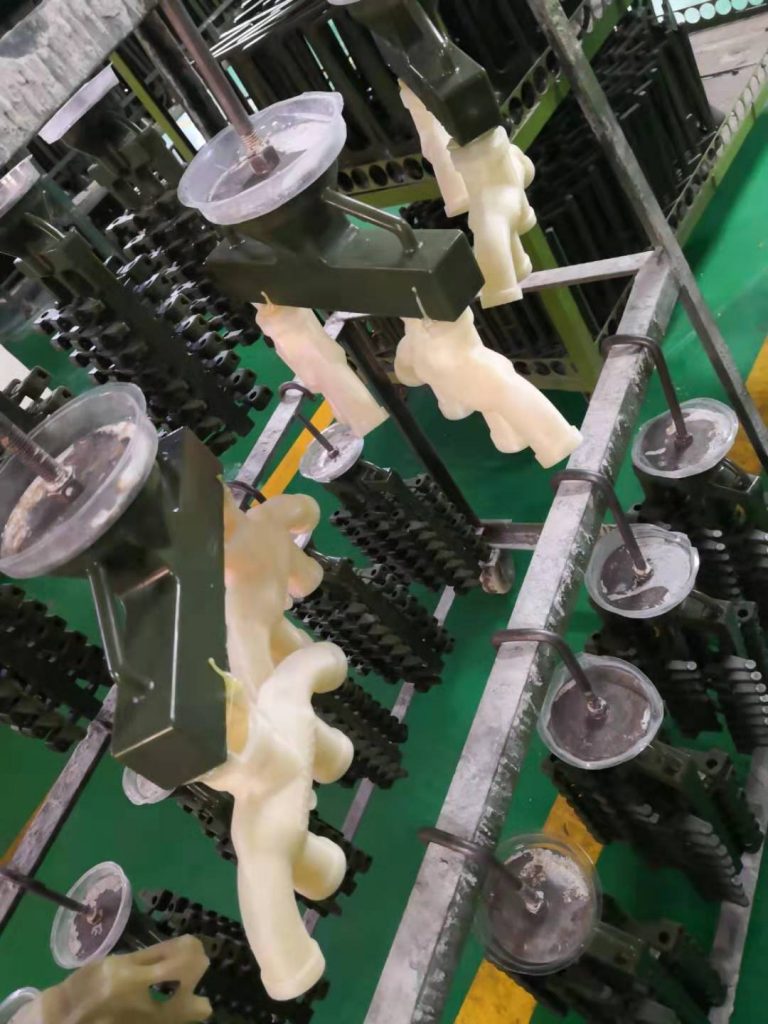
Putting the tree in the sand
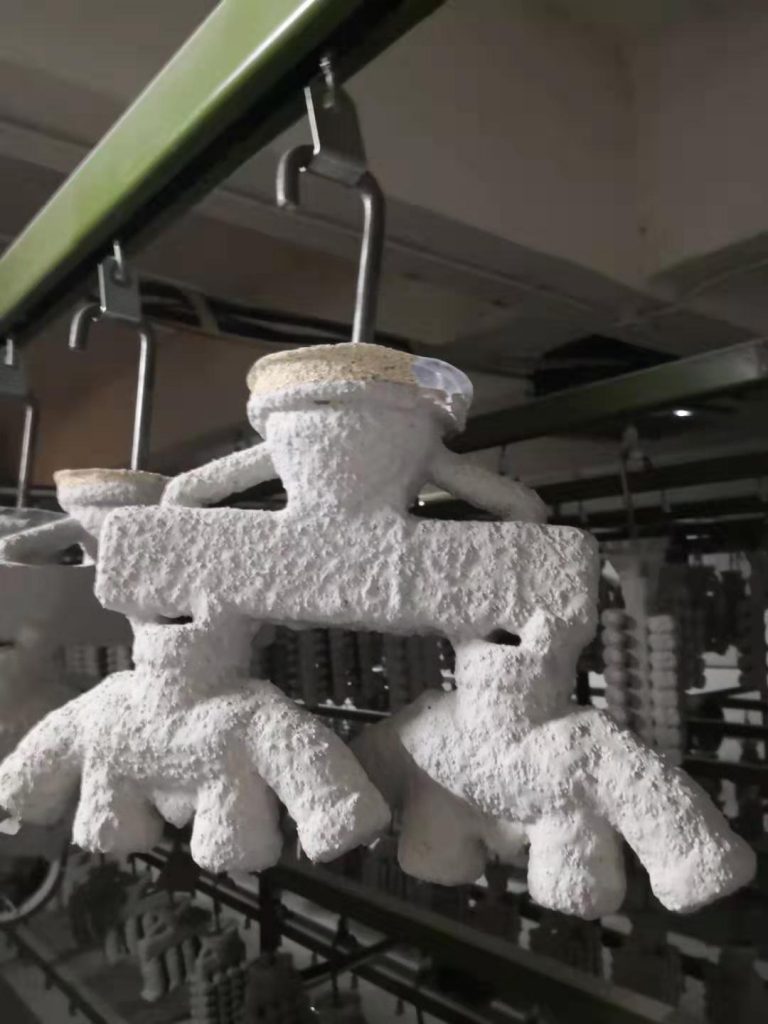
Drying the tree
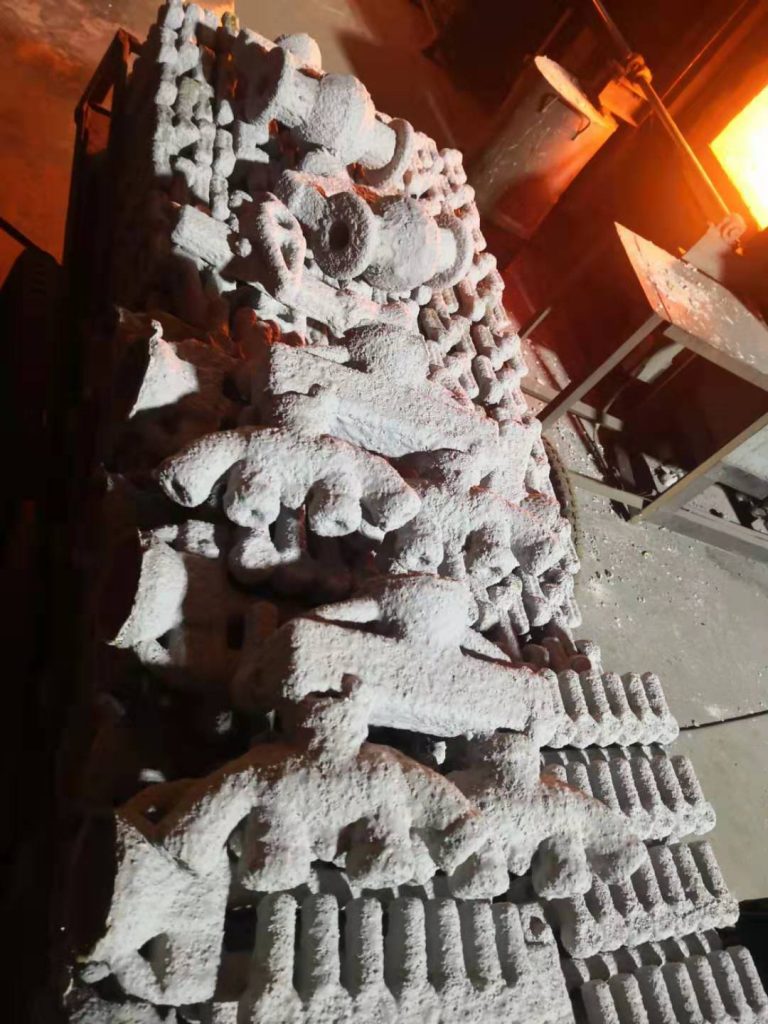
Filling the tree with steel
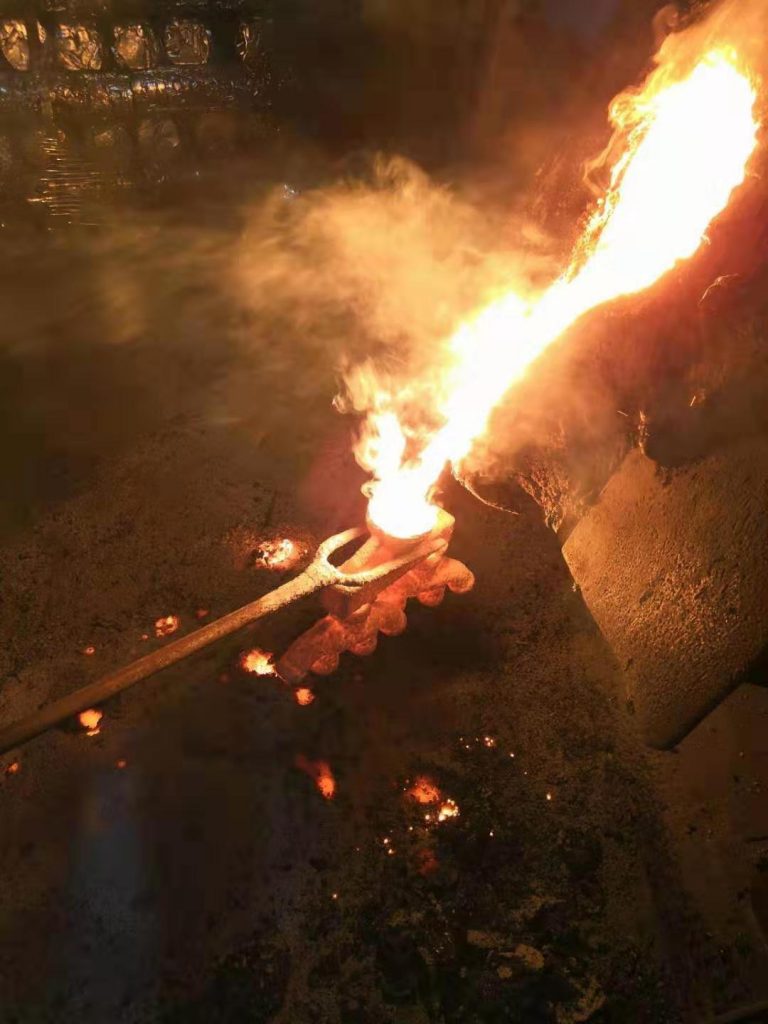
The end result
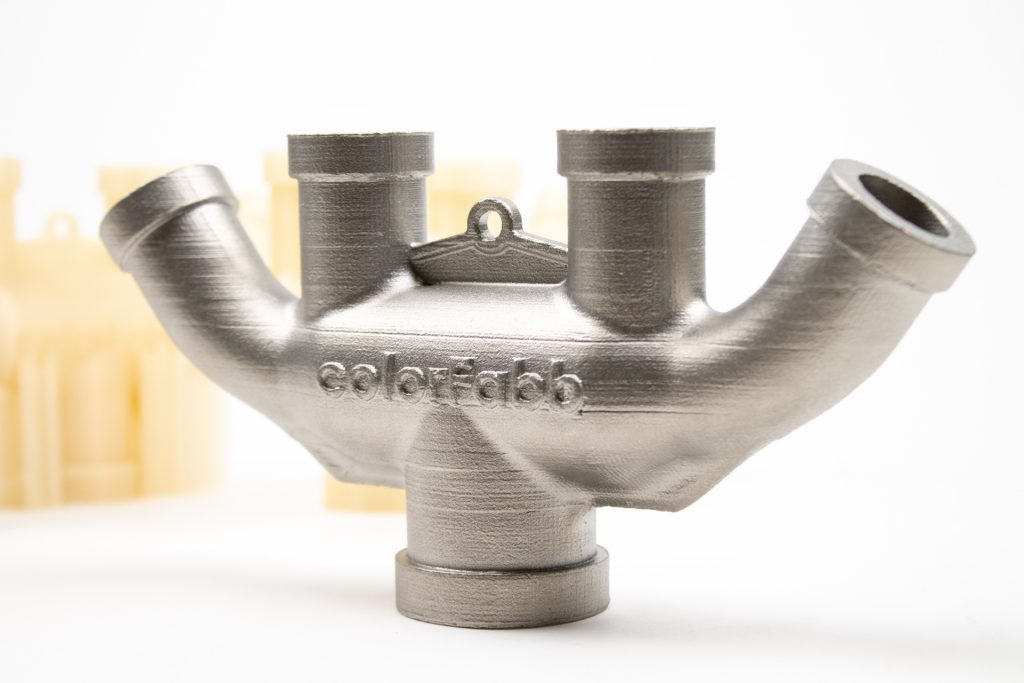
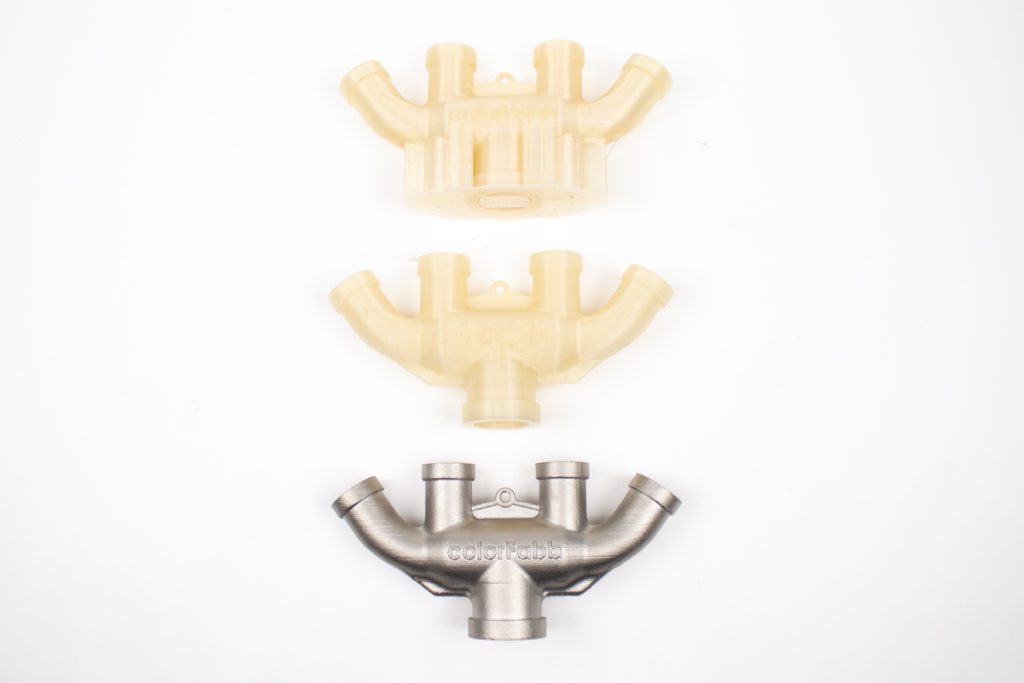
One of the big advantages of FDM/FFF 3D printing in this case is the decrease of costs. This part was made for about € 100 (compared to much higher costs elsewhere for a similar one-off production:

About Stacker
As many of you know, we are the distributor of Stacker 3D printers in Europe. We have been working with Stacker ever since their first prototype and now have several in our print lab. In the past 5 years we have seen 3D printing emerging from a hobby market to more professional uses. A lot of our users are using 3D printing to make a living or at least support their business in one way or another. We recently published two blogs about Dutch companies Optima and Mifa and their use of Stacker 3D printers.
The Stacker printers are industrial grade FFF 3D printers. Multiple print heads and a large build volume make them versatile printers. Small series production or large scale prototyping are no problem for the Stacker printers! This Minneapolis, USA, based manufacturer produces highly reliable printers and is a perfect match for any professional looking for serious 3D printing. You can find the full product specifications on our dedicated Stacker page.

The Stacker S4 XL has a bigger build volume than its smaller siblings and other advantages:
- Huge Build Volume 610 x 610 x 610mm (24 x 24 x 24″)
- Closed loop servos for ZERO lost steps
- Compatible with Stacker’s Direct Direct drive extruder
- Four Print Heads for 4X print speeds
- High Precision Linear Motion
- Amazing Print Quality
- Works with almost any Filament
For Stacker the term “industrial grade” is not a hollow marketing term. It means their printers are designed for extra long service life, extremely low maintenance and that the printer will maintain its positional accuracy throughout its life cycle. This printer has been designed to be used in a professional environment, be it for large prototypes or small series production.
Interested? Get a quote or contact us!
Previous posts about investment casting:
